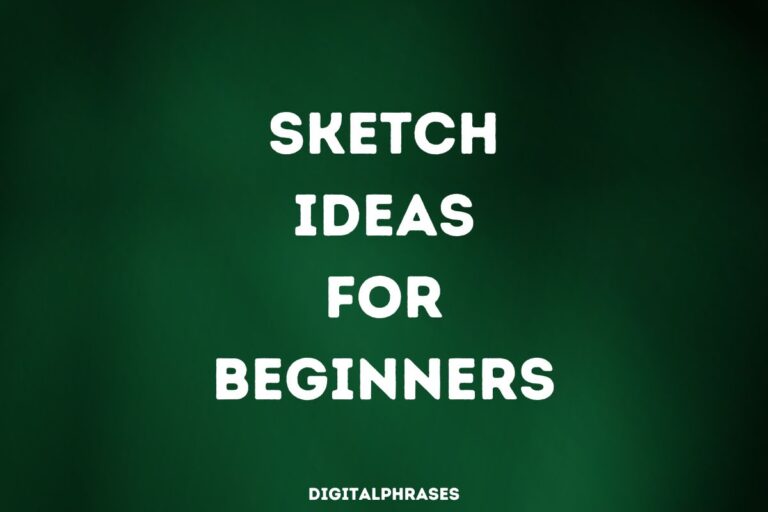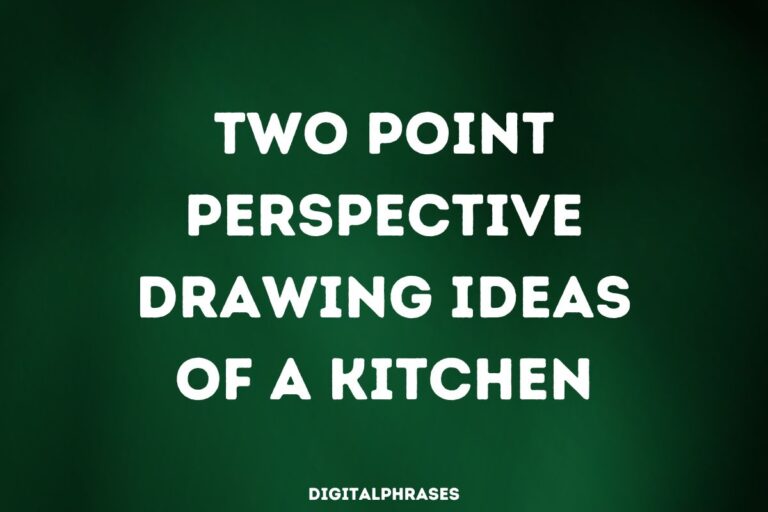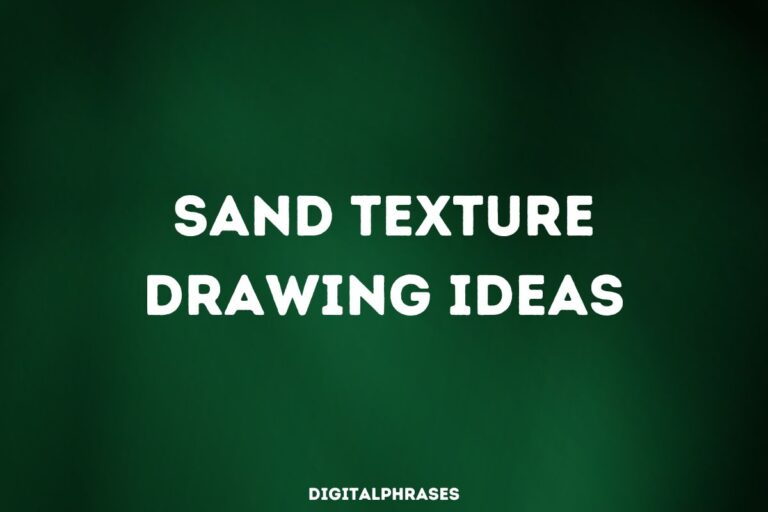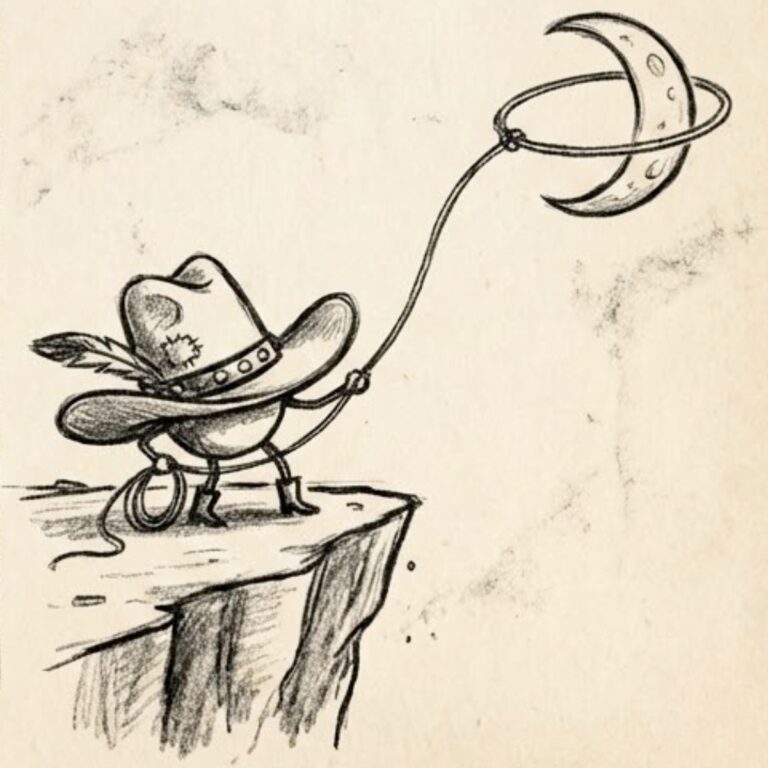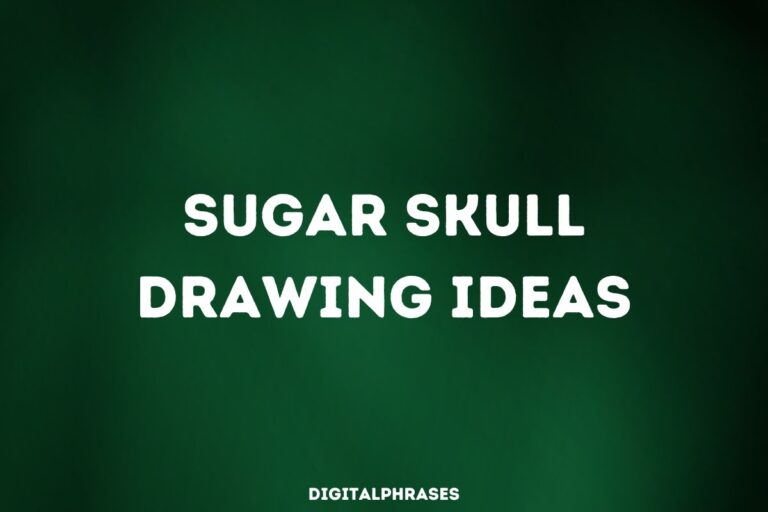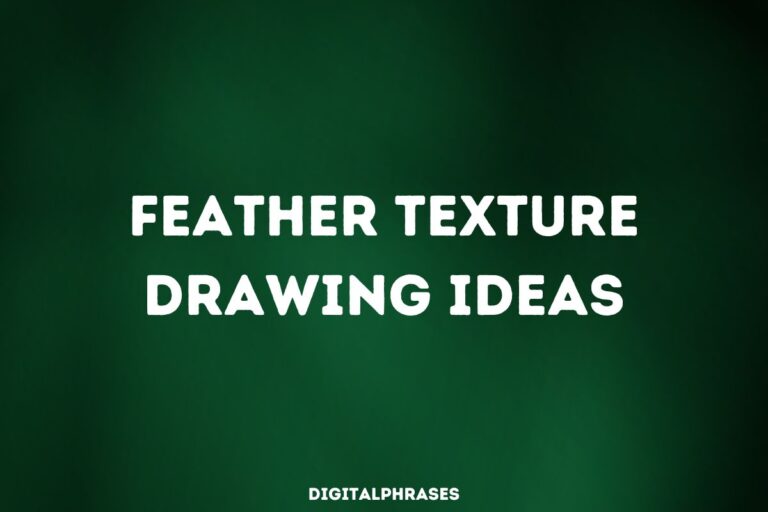80 Drawing Ideas of Ghosts
Are you ready to add some ghostly creativity to your art and crafts?
Forget the boring old bedsheet ghosts—let’s crank things up and have some fun with spirits that are anything but ordinary.
From fierce phantoms to quirky apparitions, these concepts will push your artistic boundaries and make you draw this that are spooky, hilarious and mad – all at the same time.
Here we go with some epic ghost drawing ideas.
Drawing Ideas of Ghosts
Scary Ghost Drawings
1
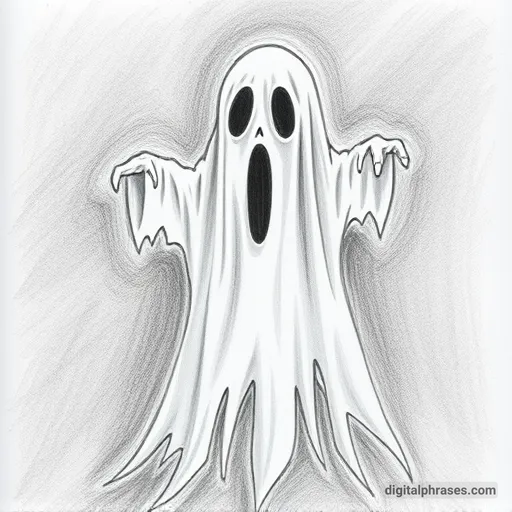
2

3

4

5
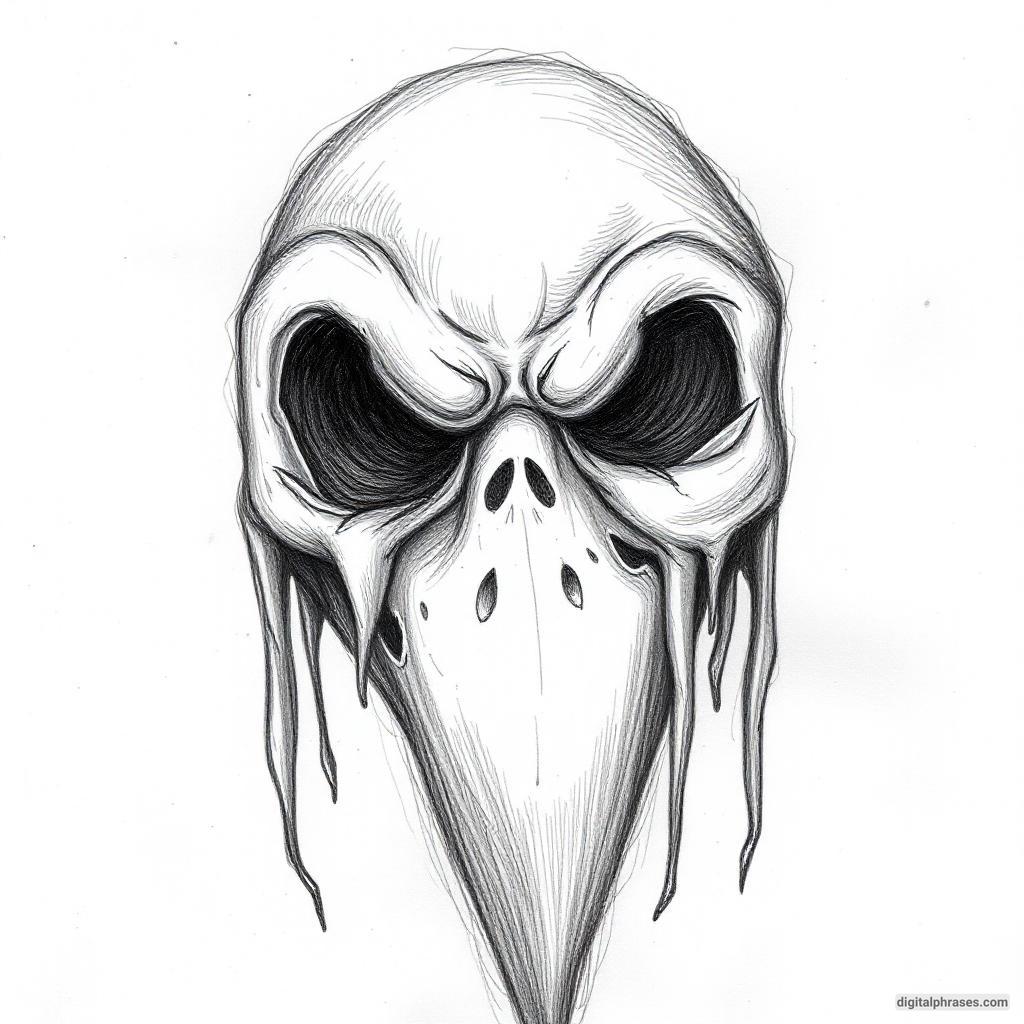
6

7
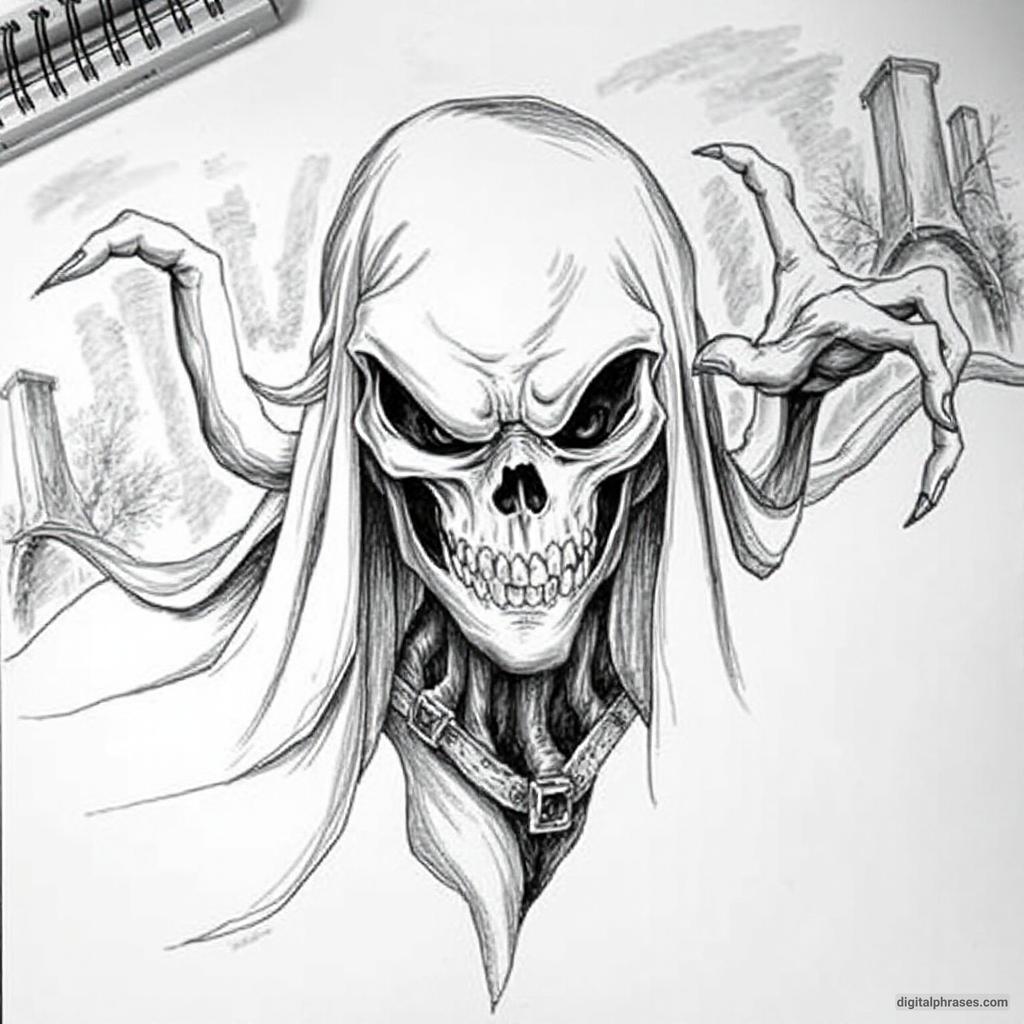
8

9
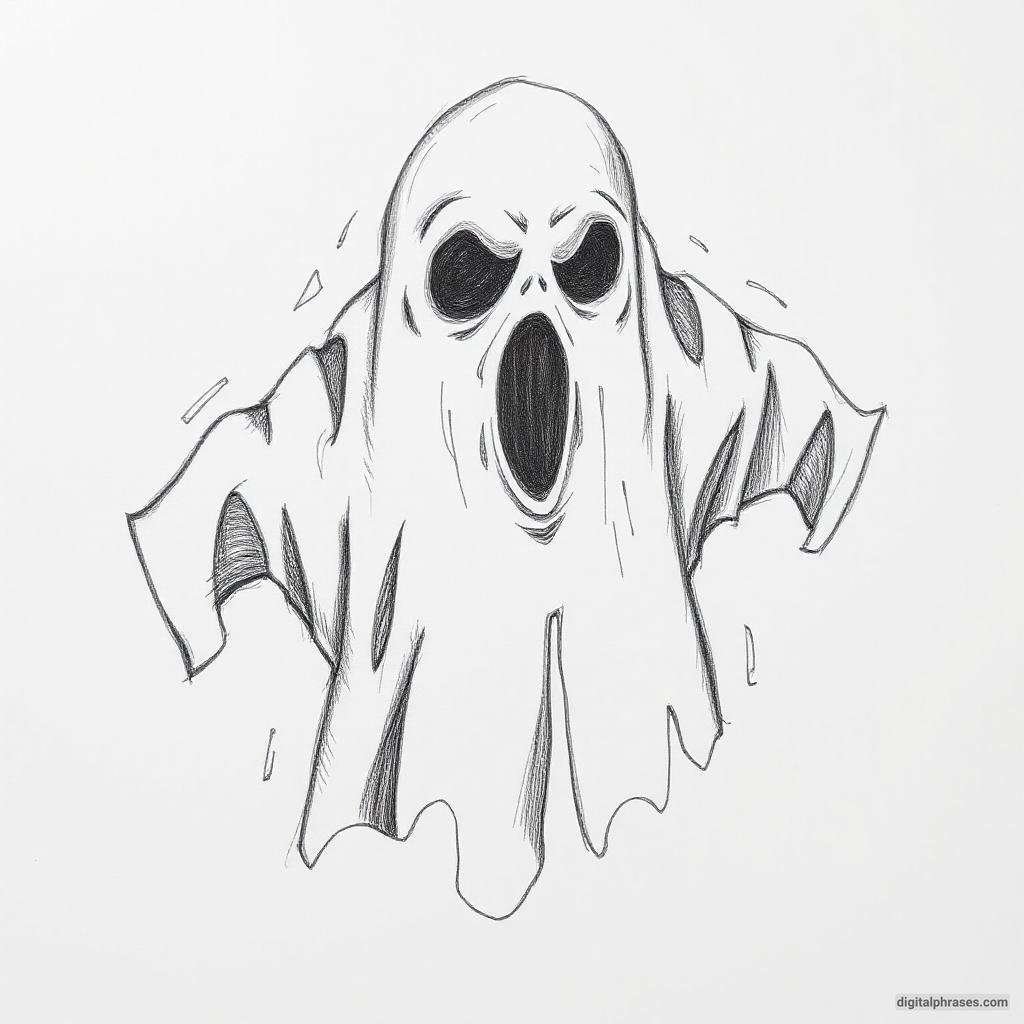
10

11
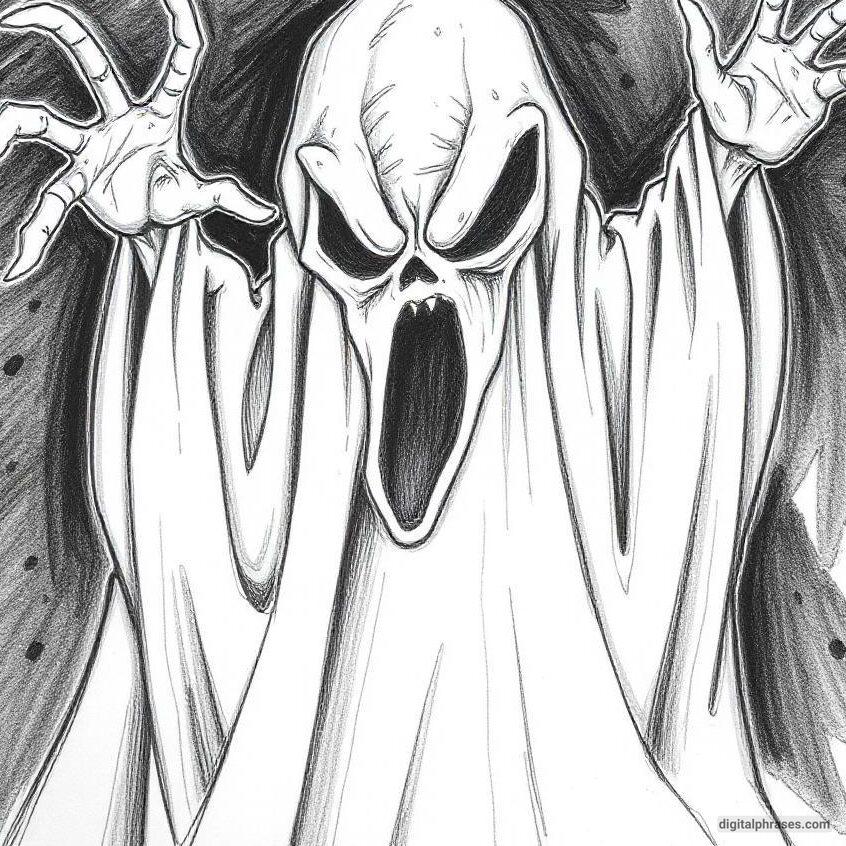
12
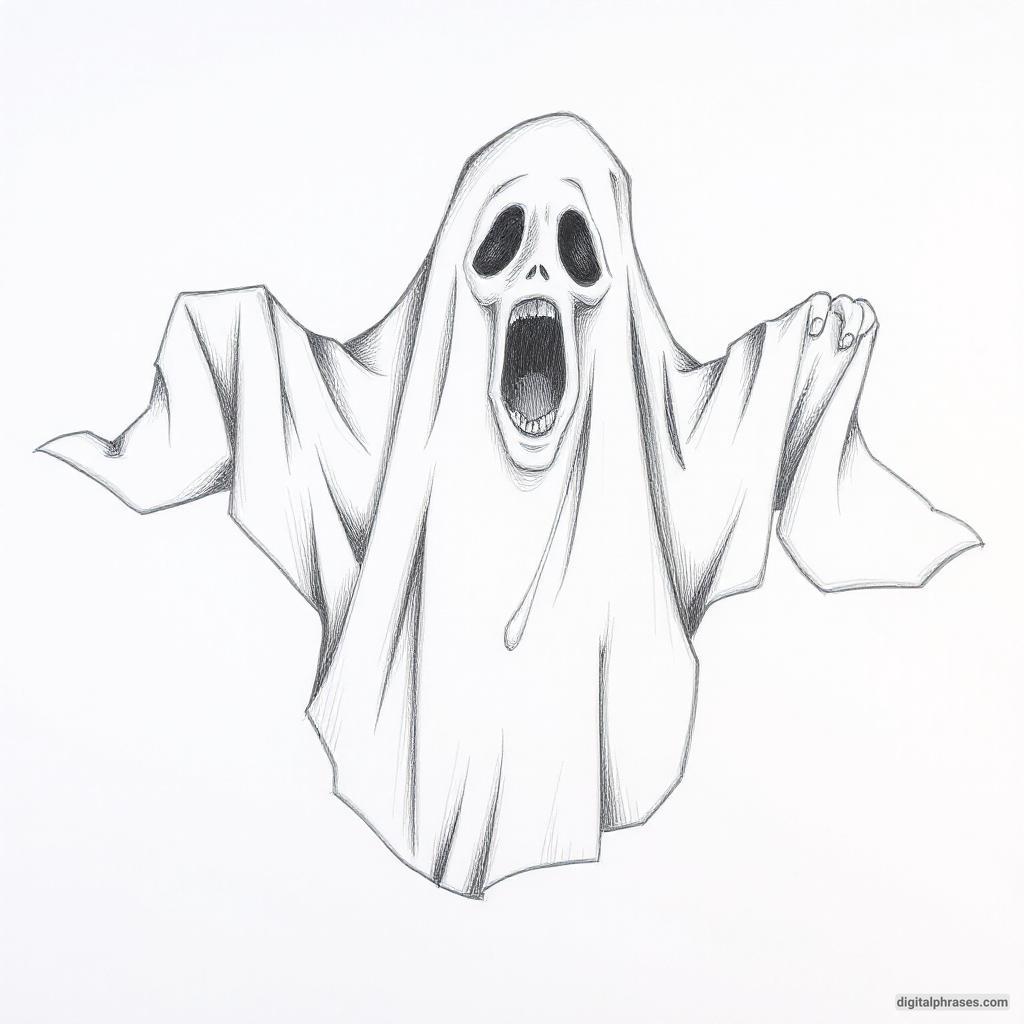
13
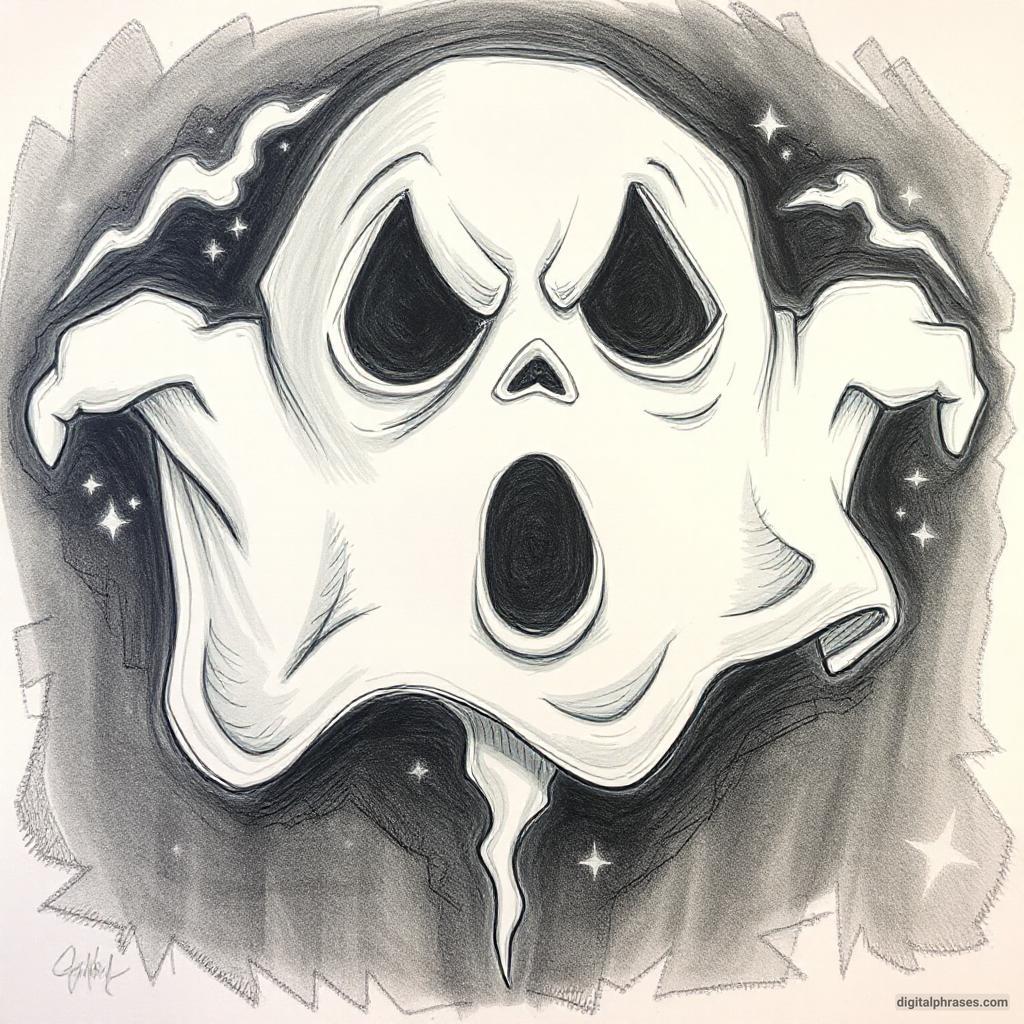
14
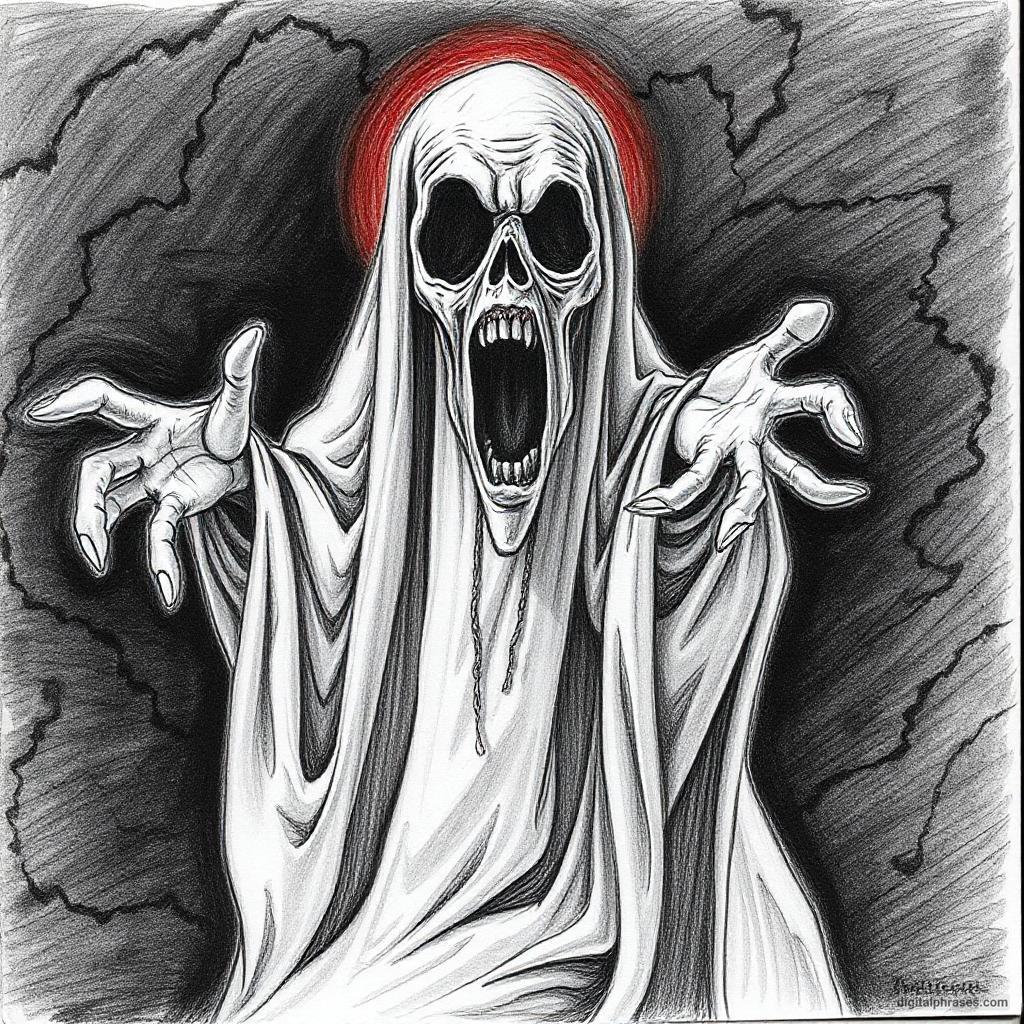
15
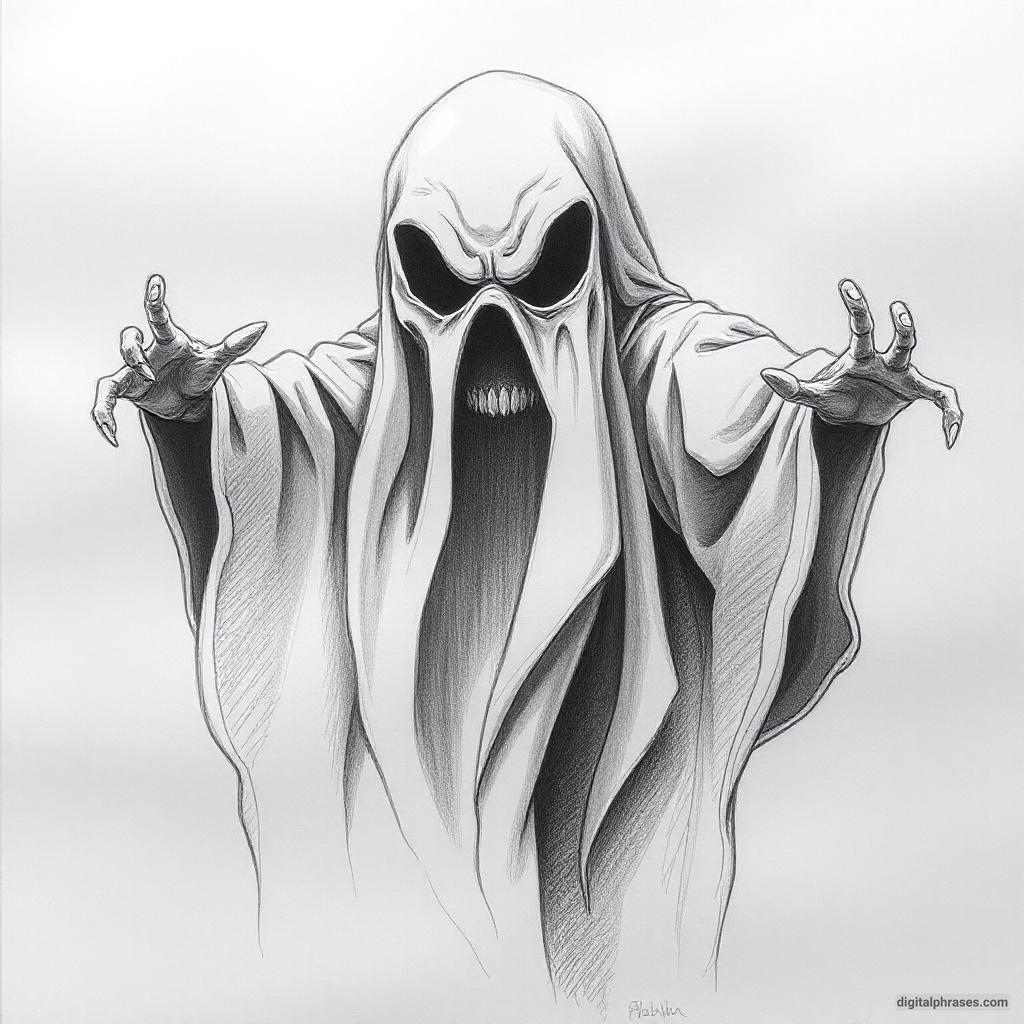
16

17
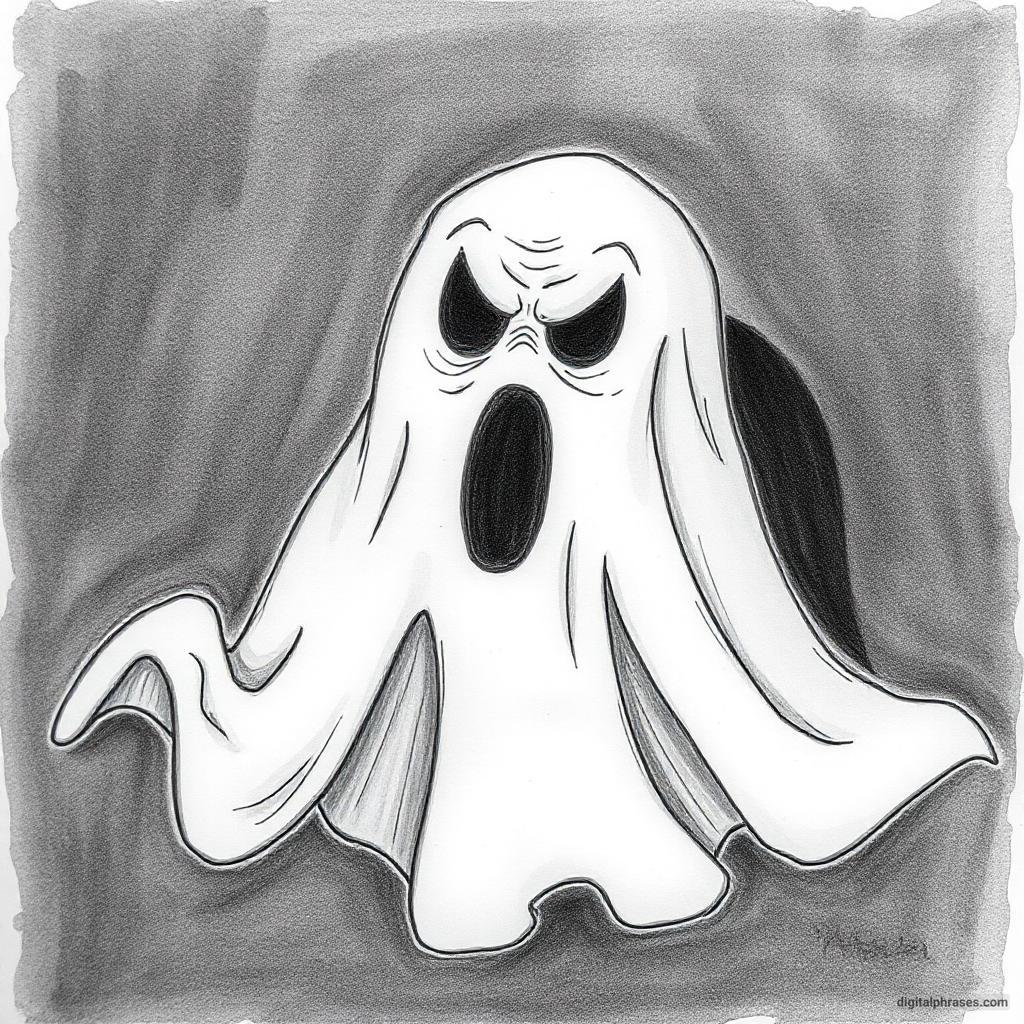
18

19
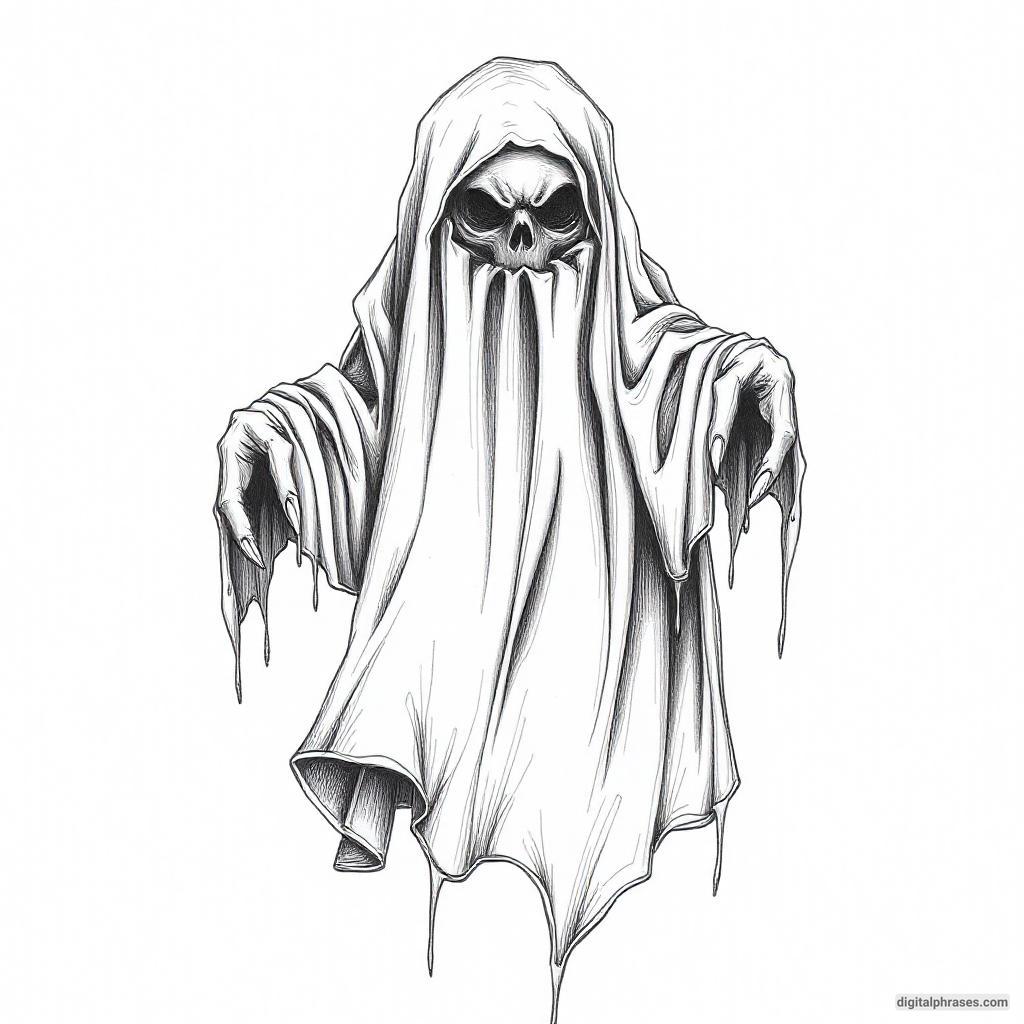
20

21
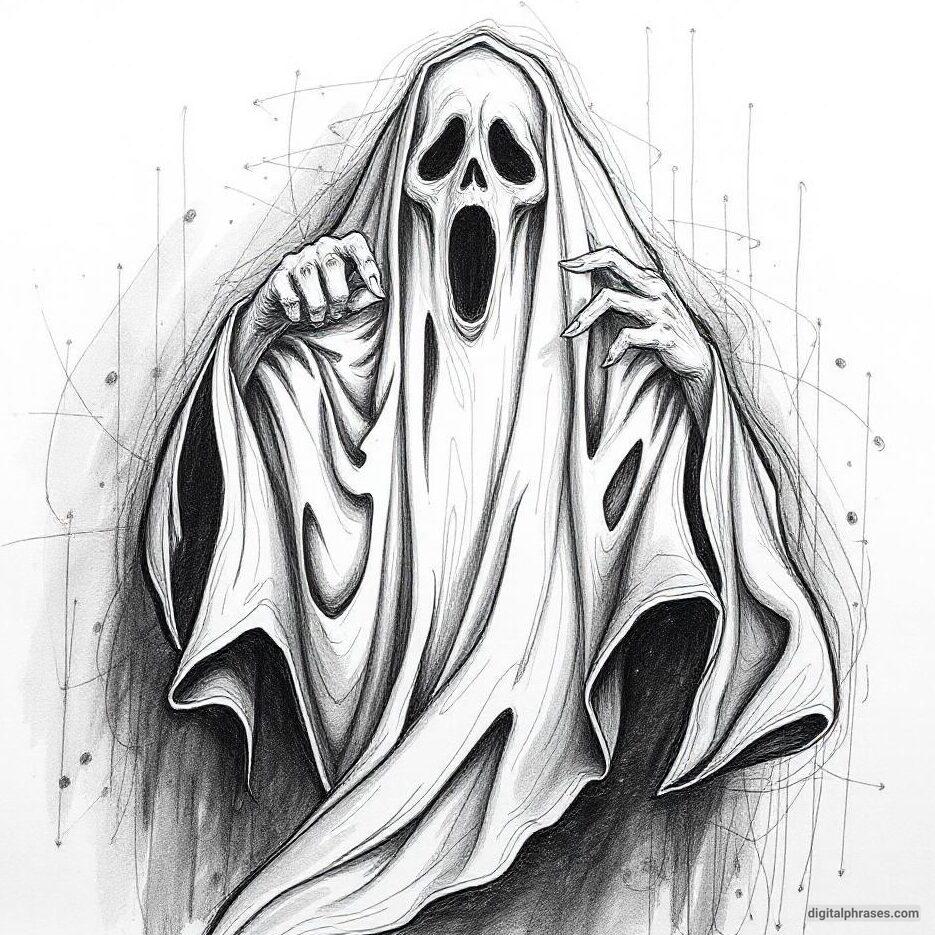
22
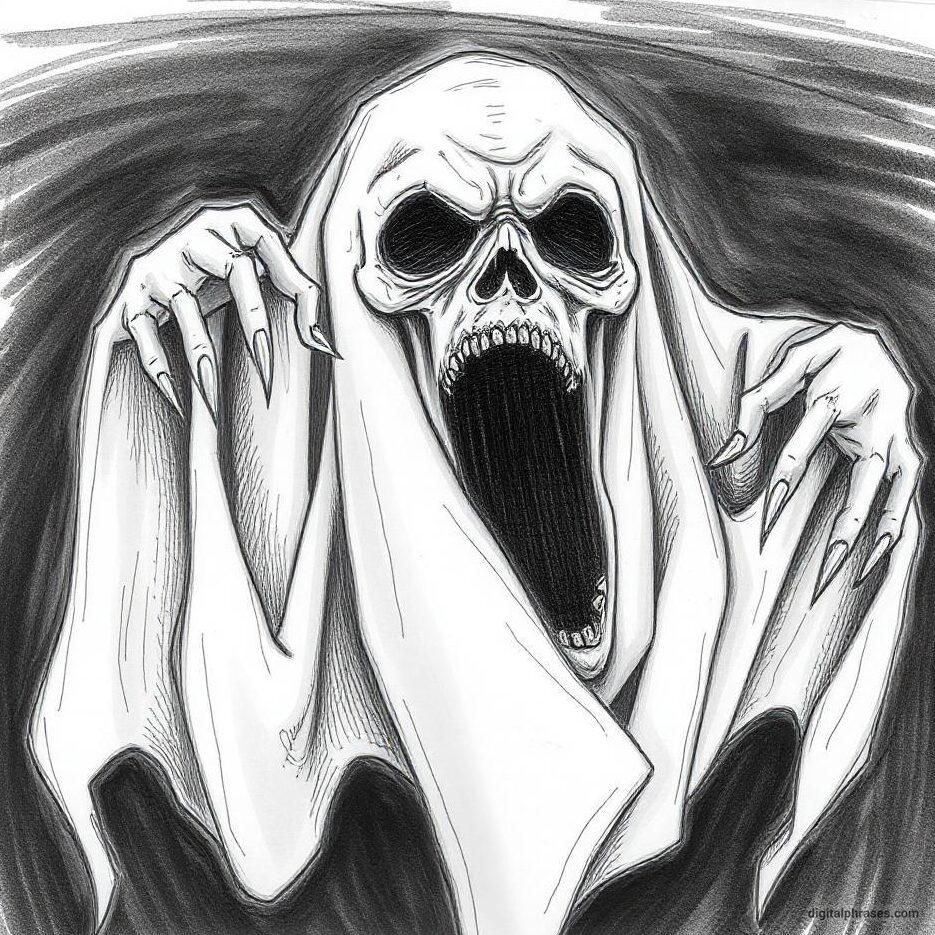
23
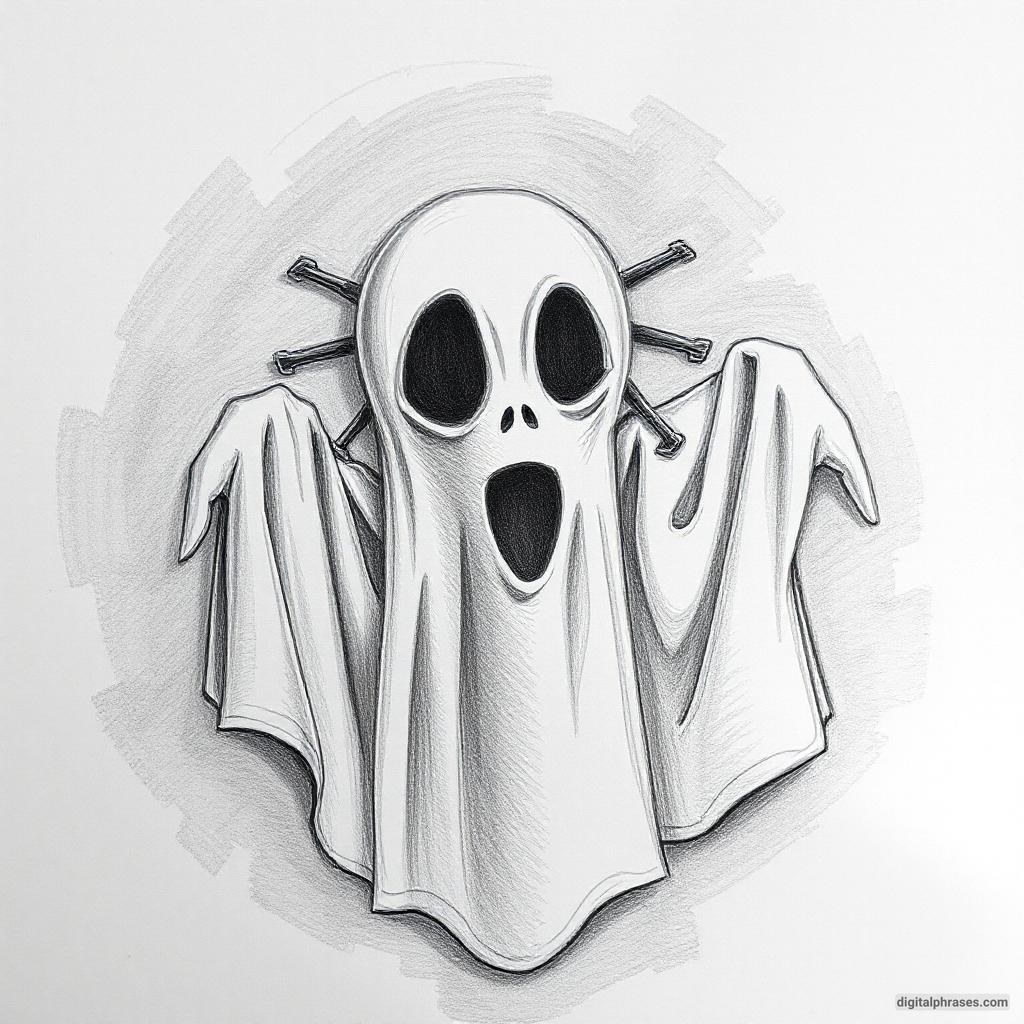
24
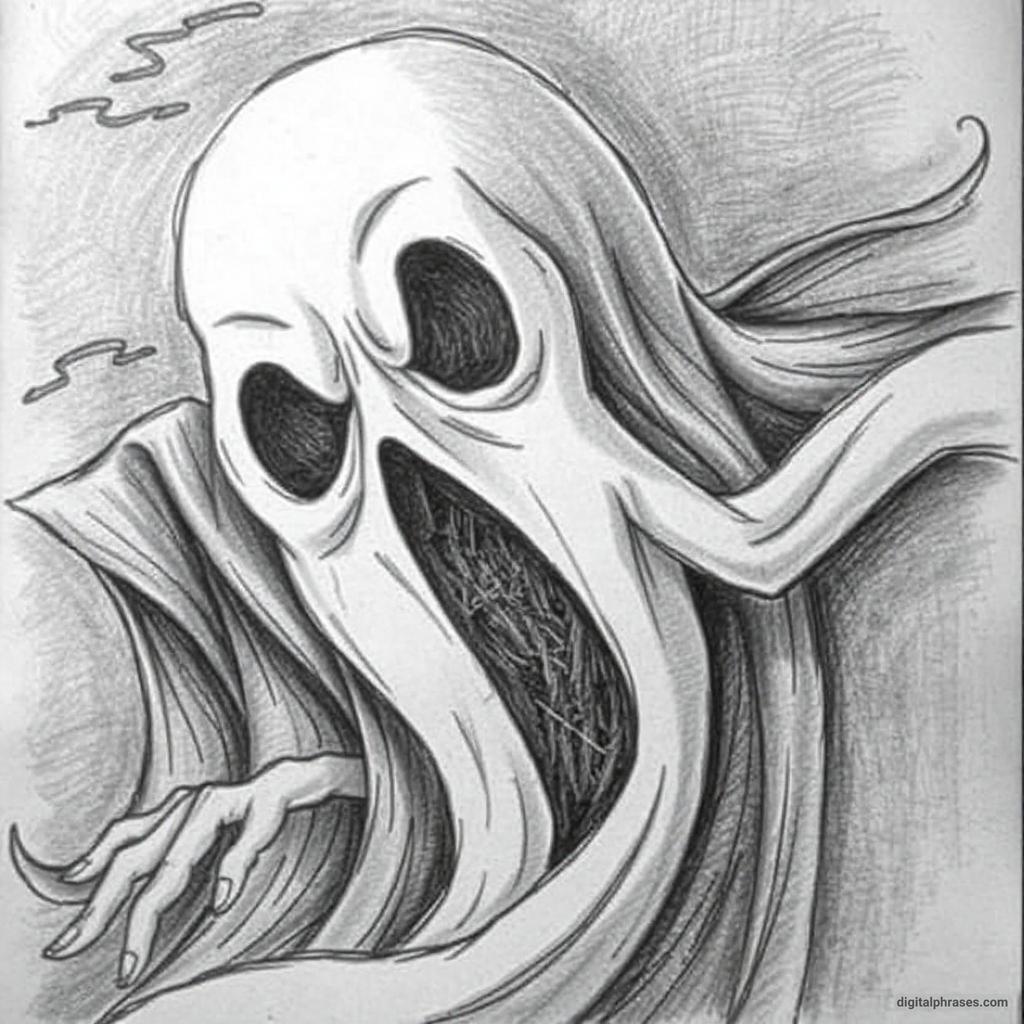
25
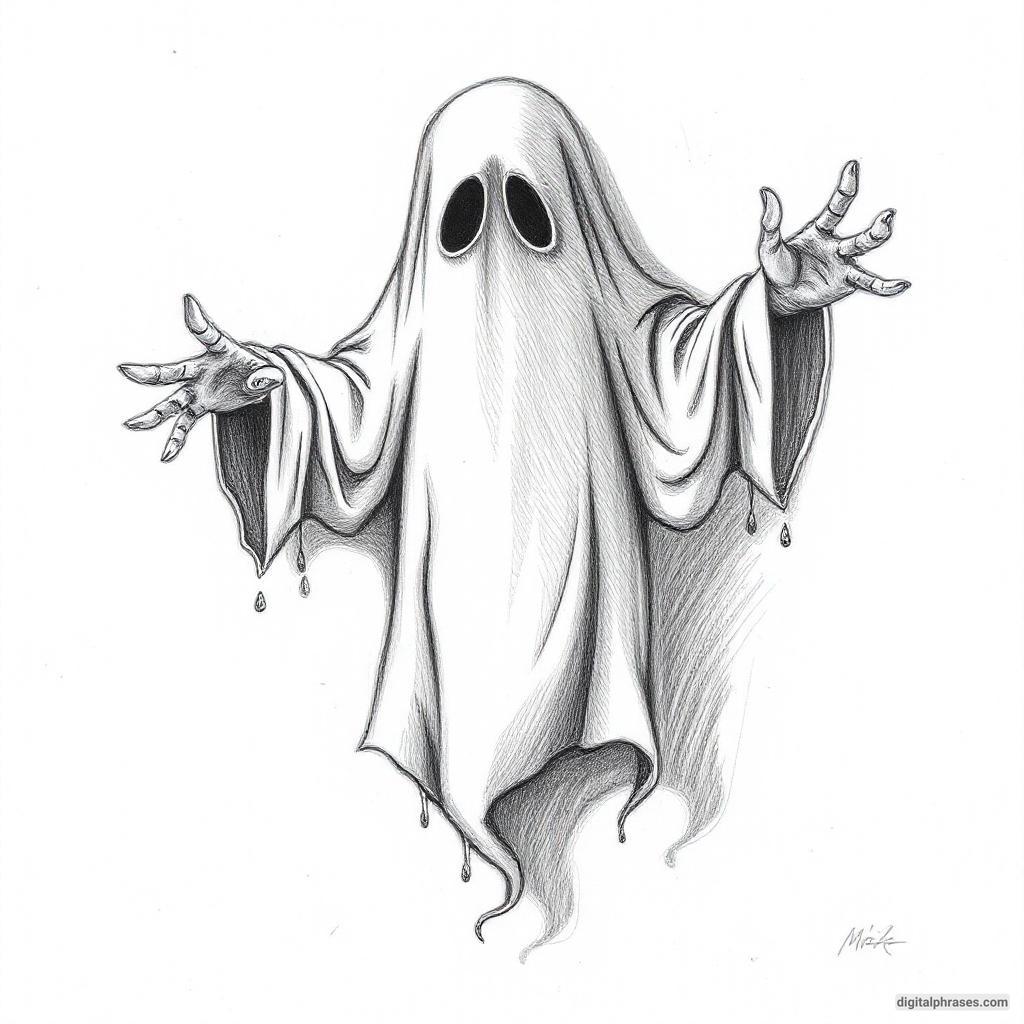
26

27

28
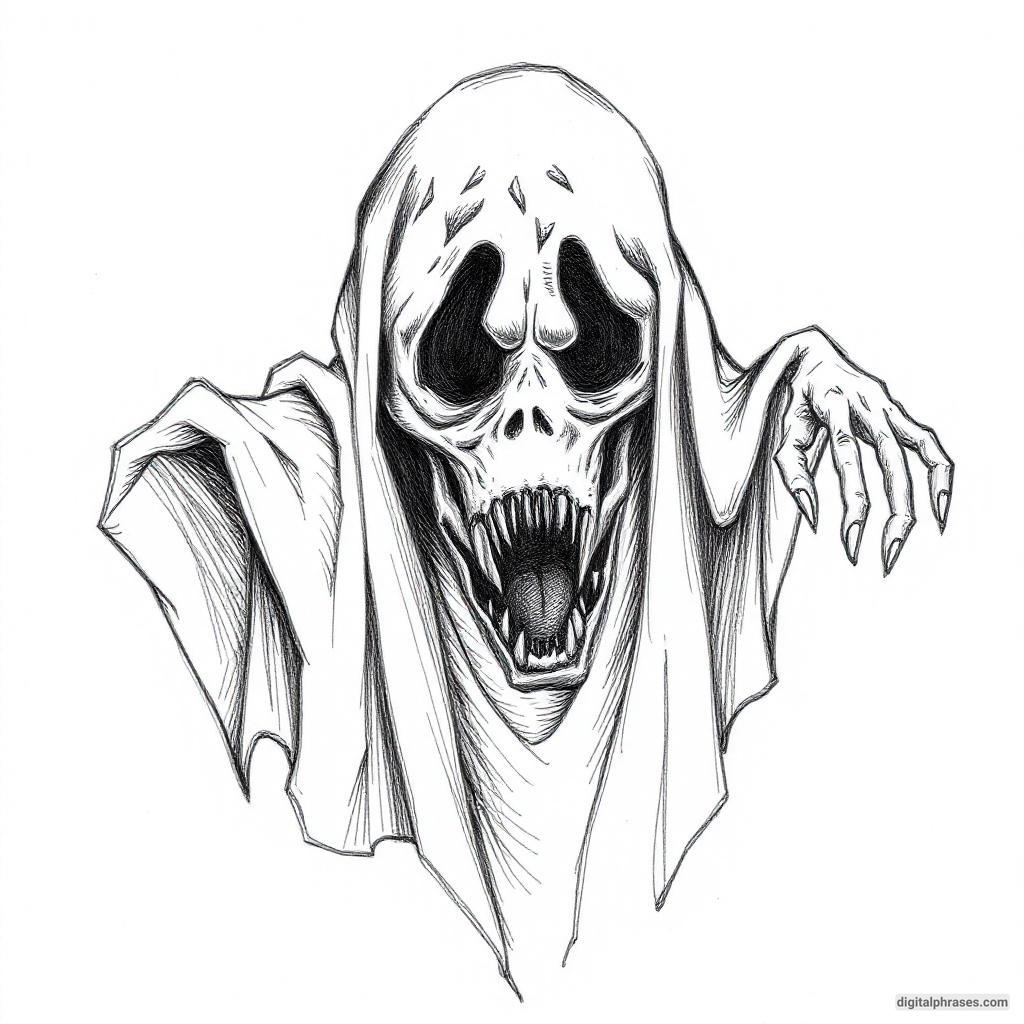
29

30

31

32
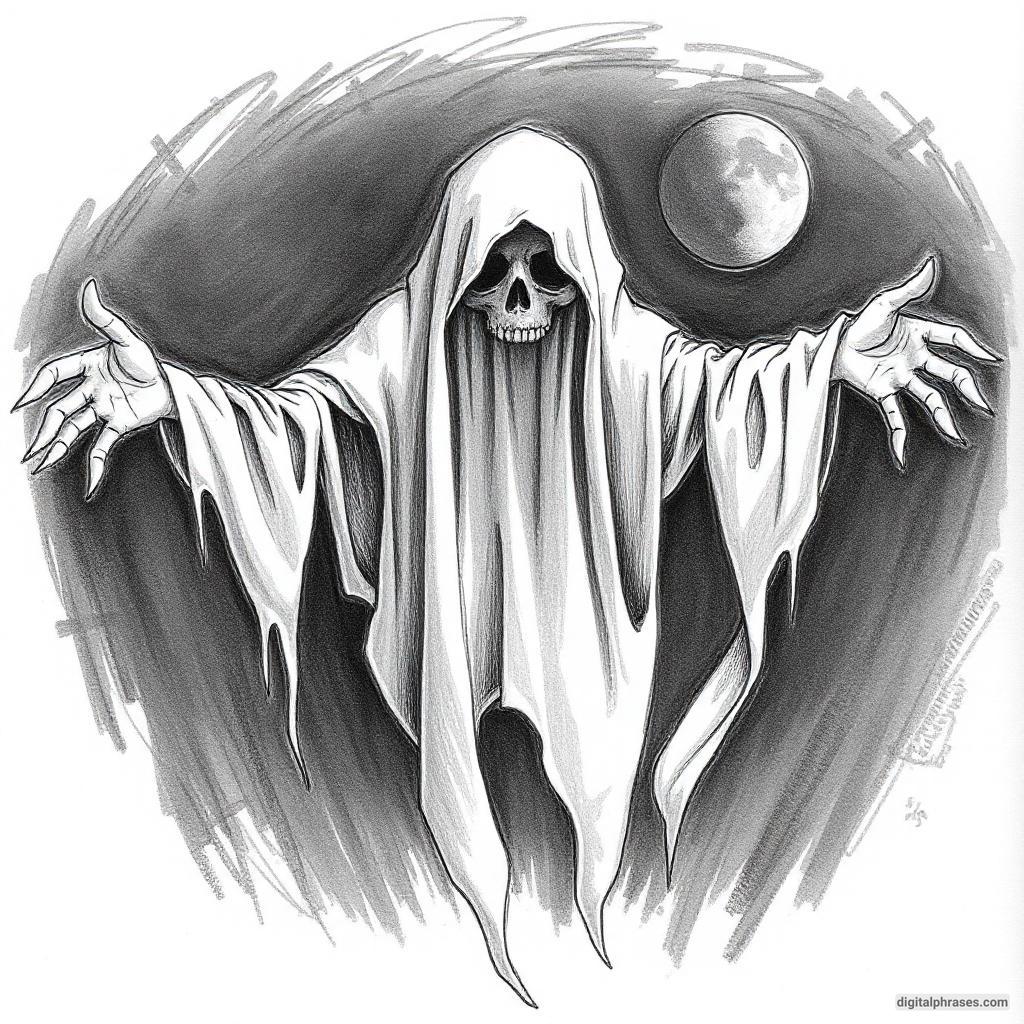
33
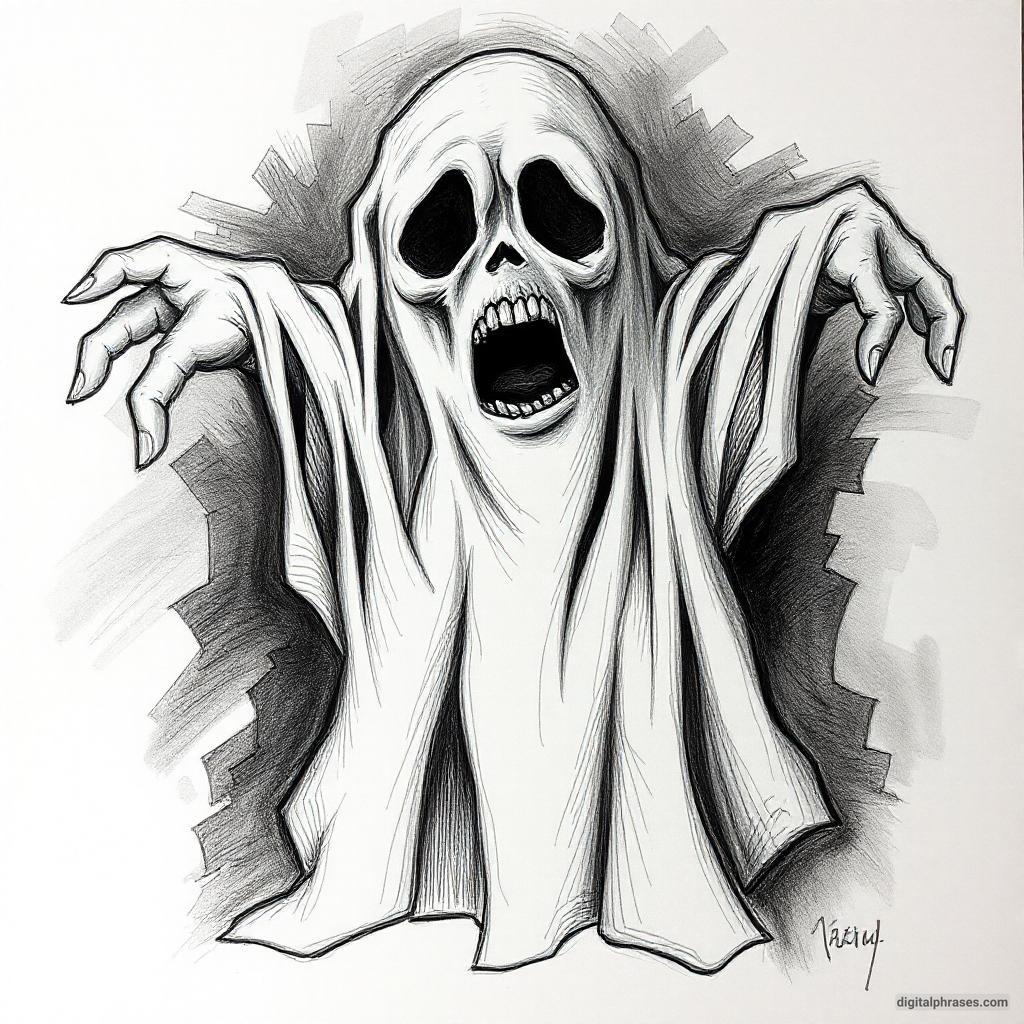
34

35
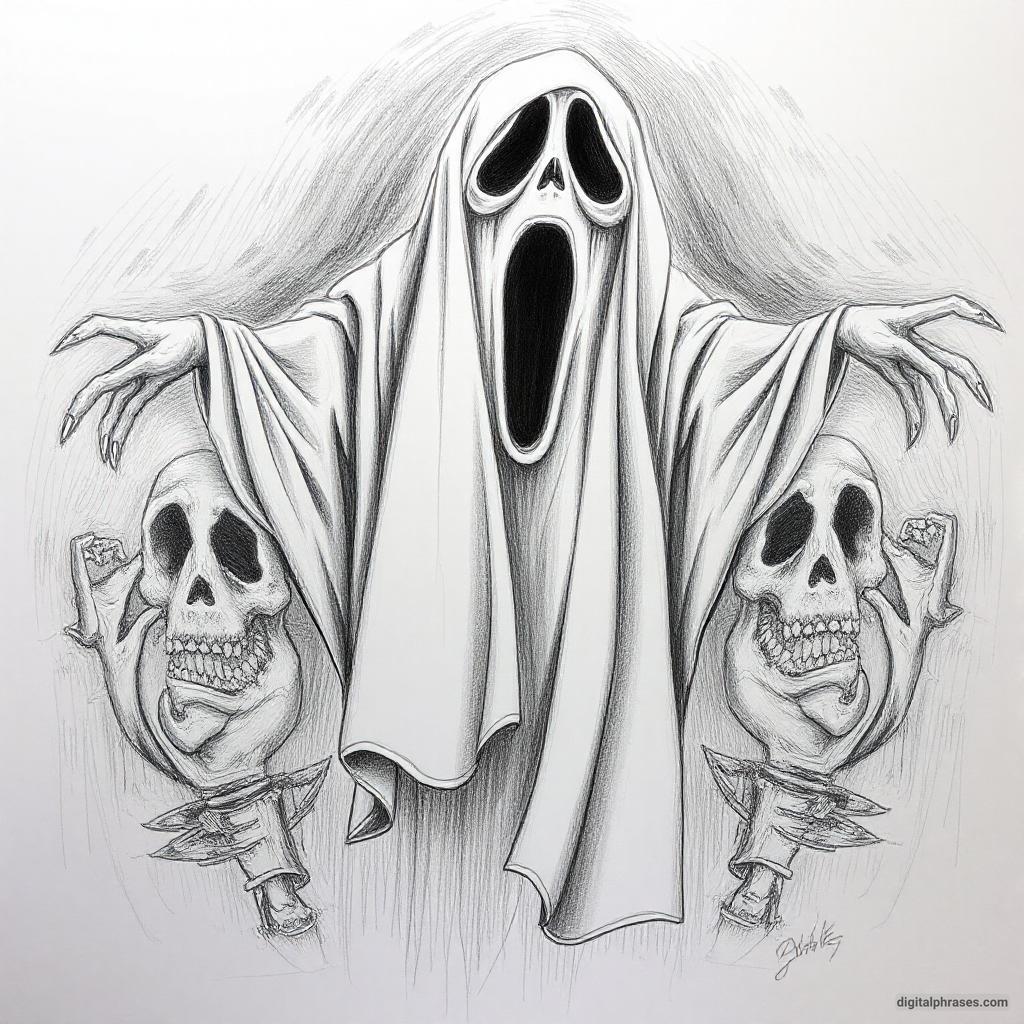
36
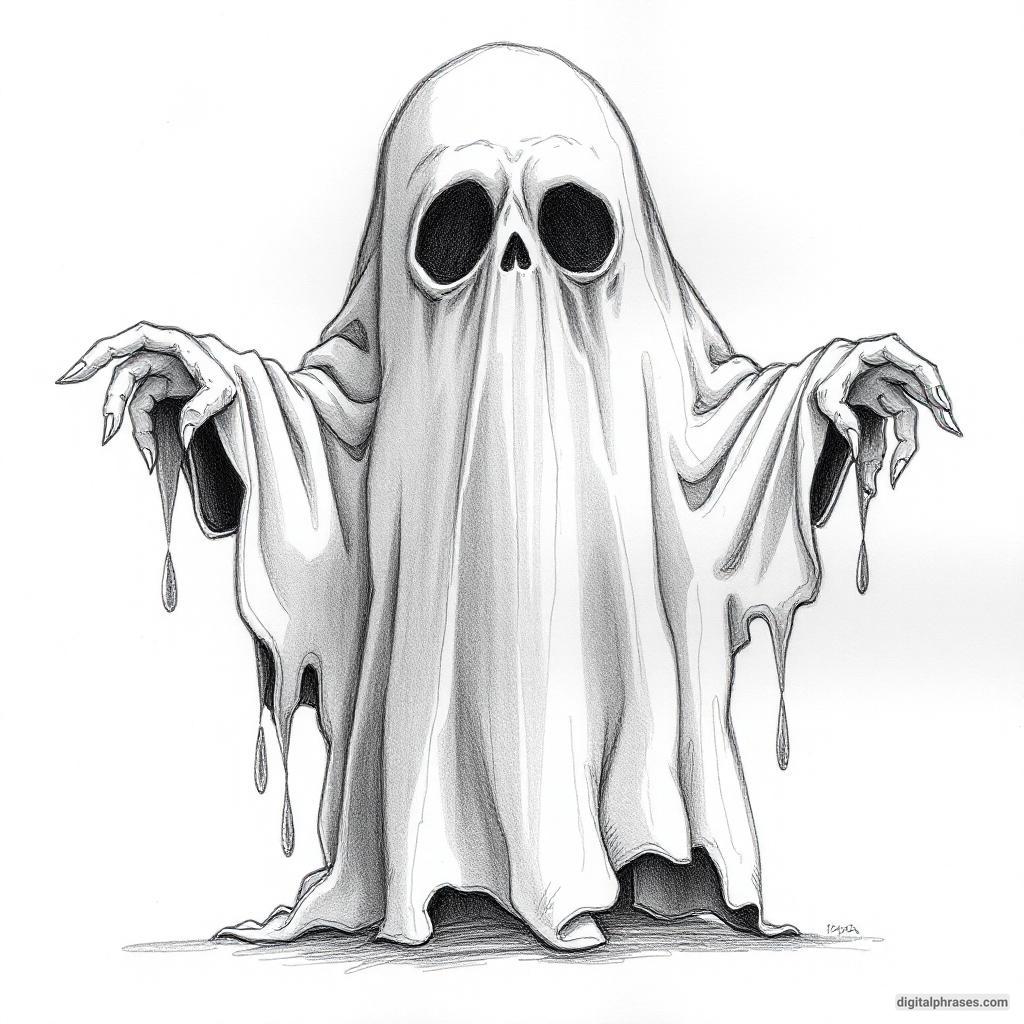
37
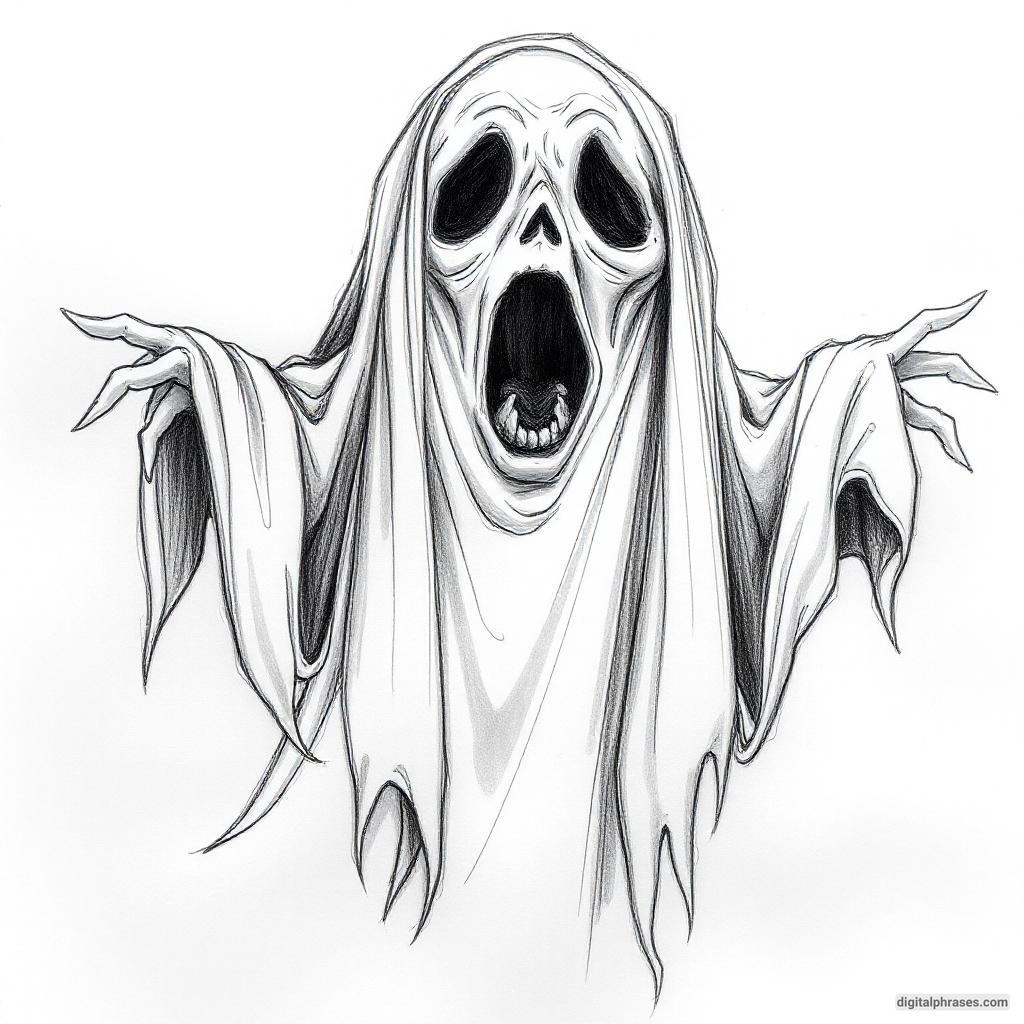
38

39

40
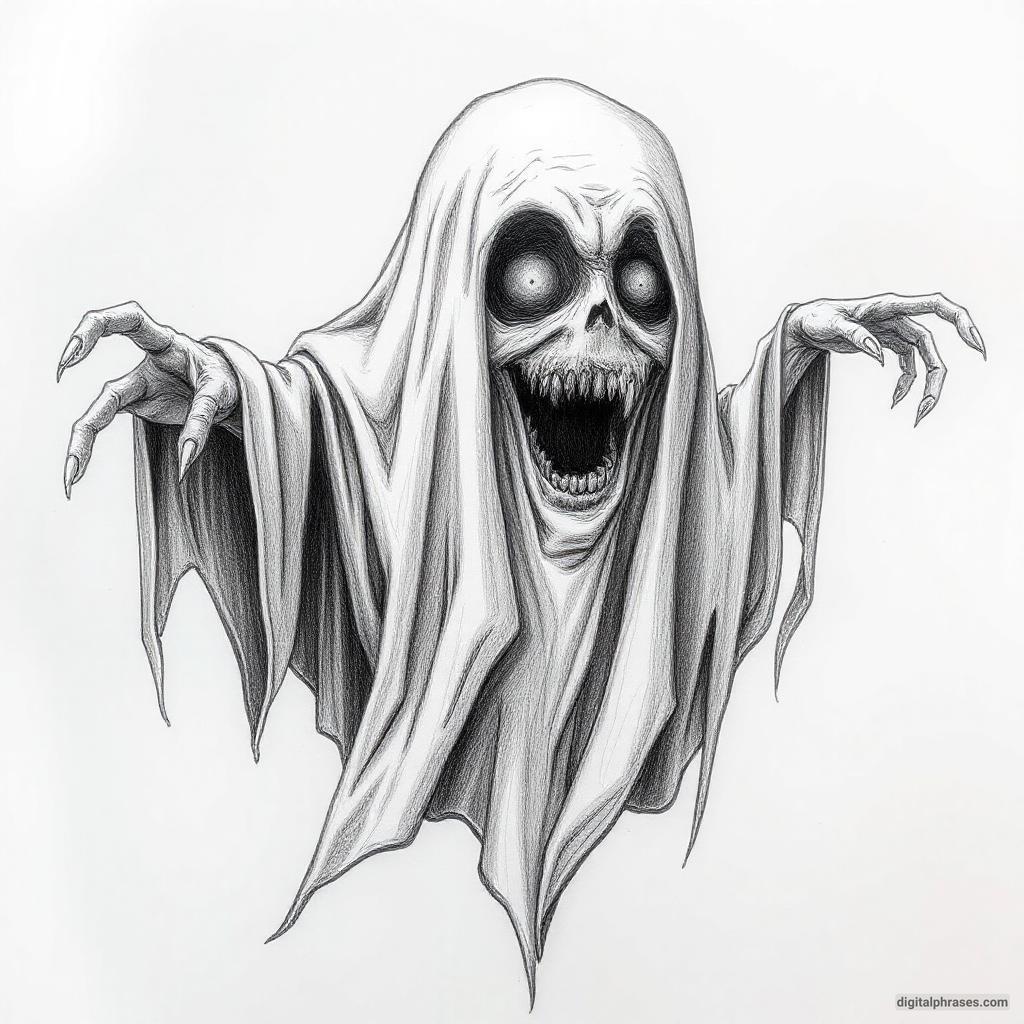
Cute and Easy Ghost Drawings
1
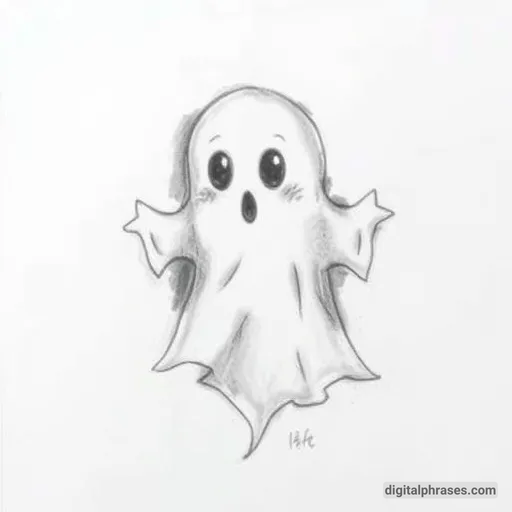
2
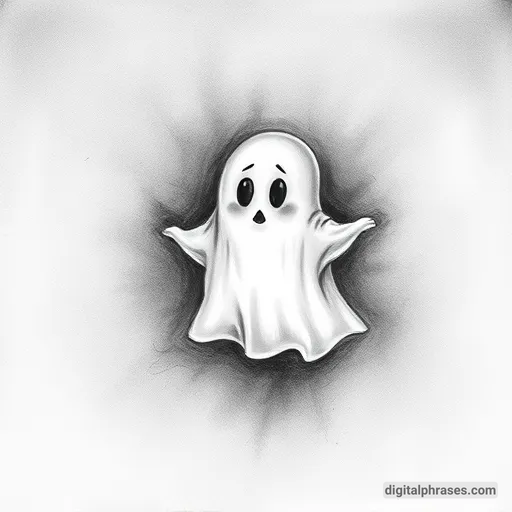
3
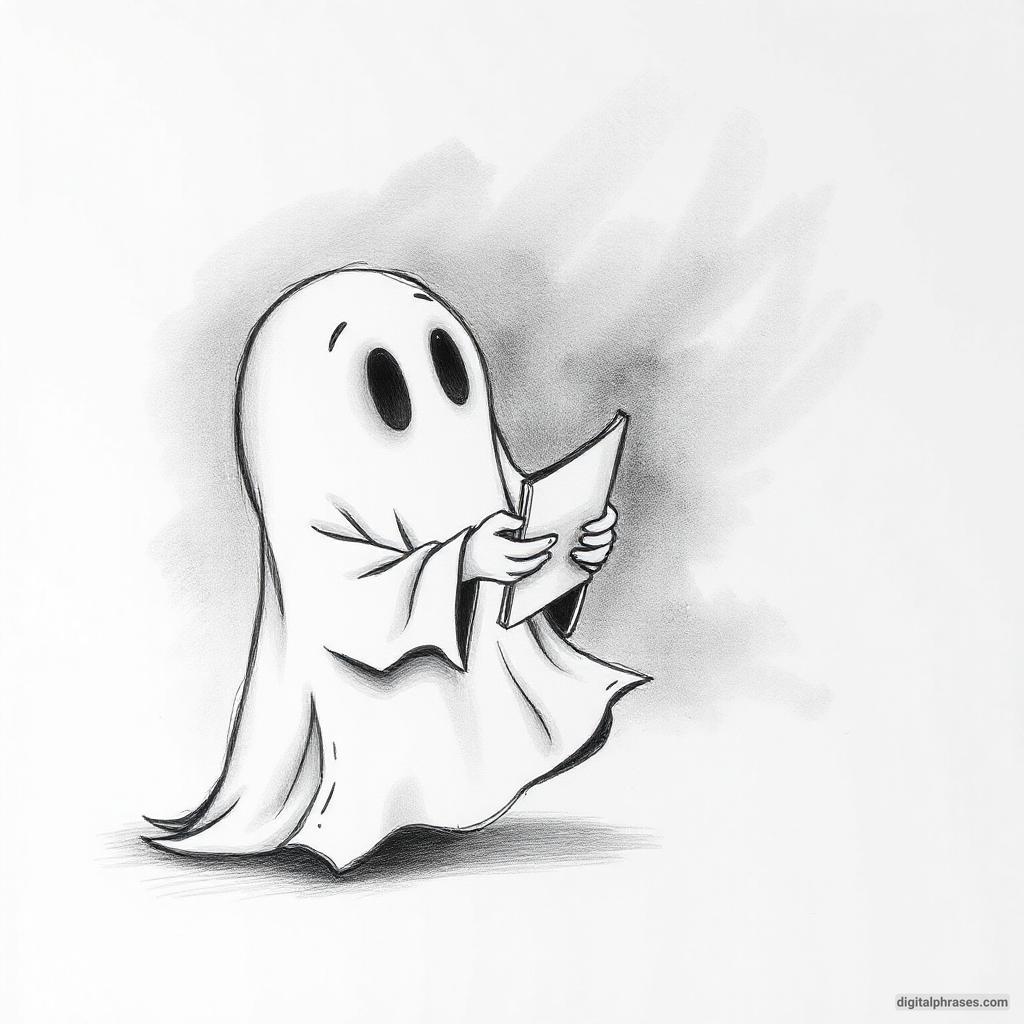
4
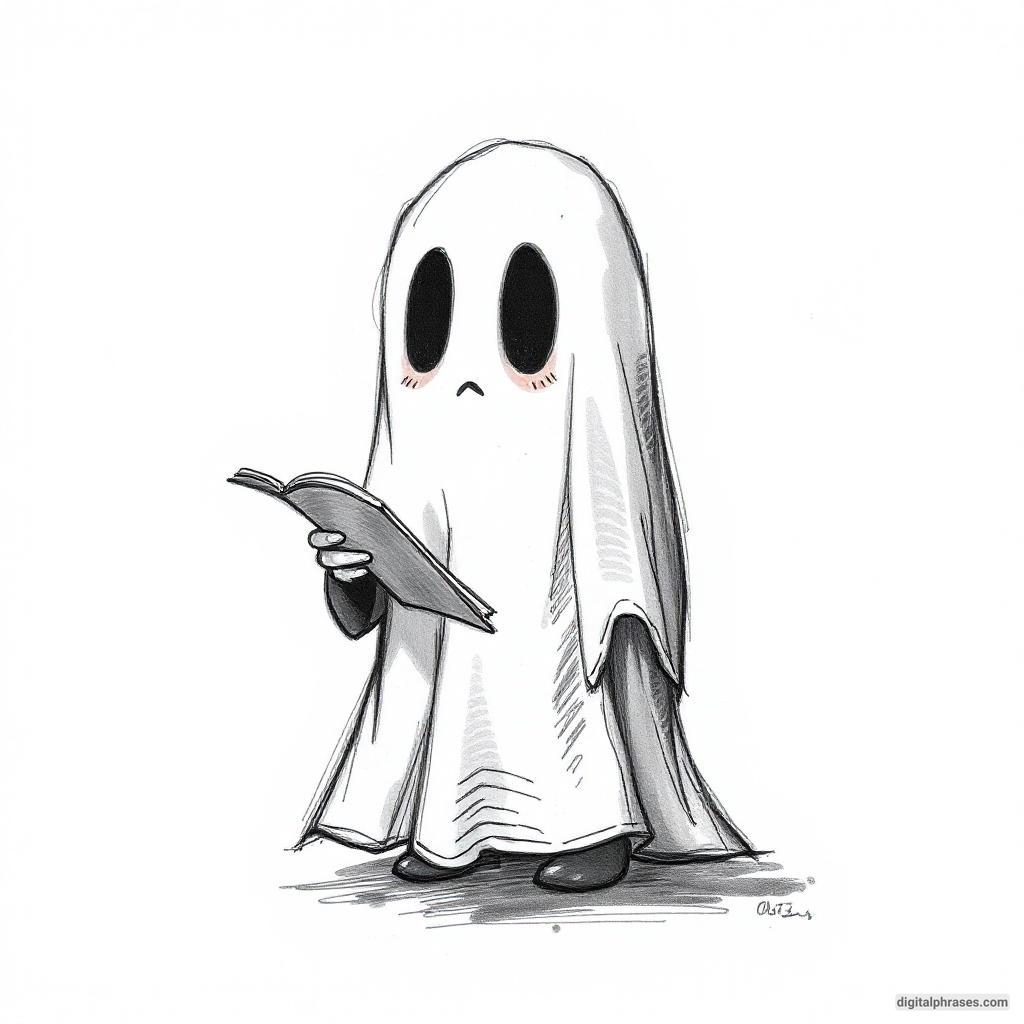
5
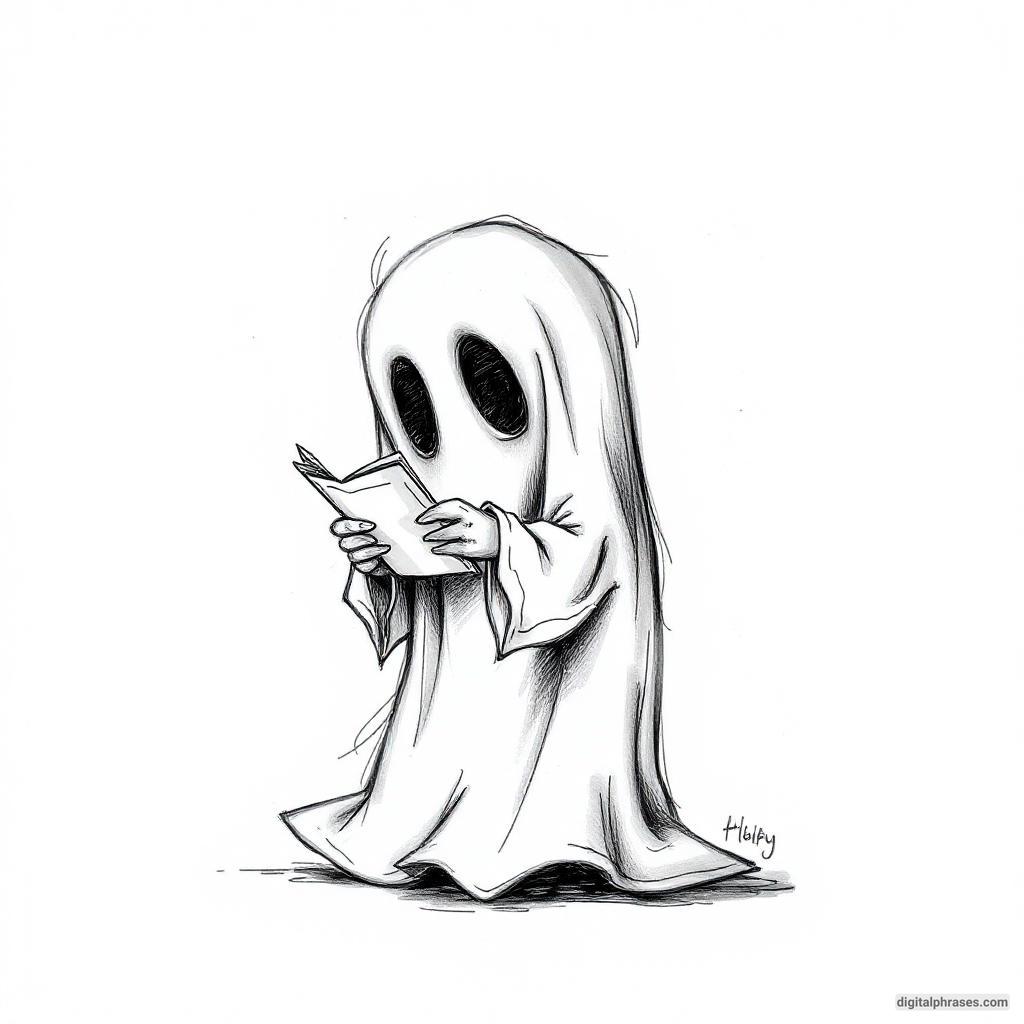
6
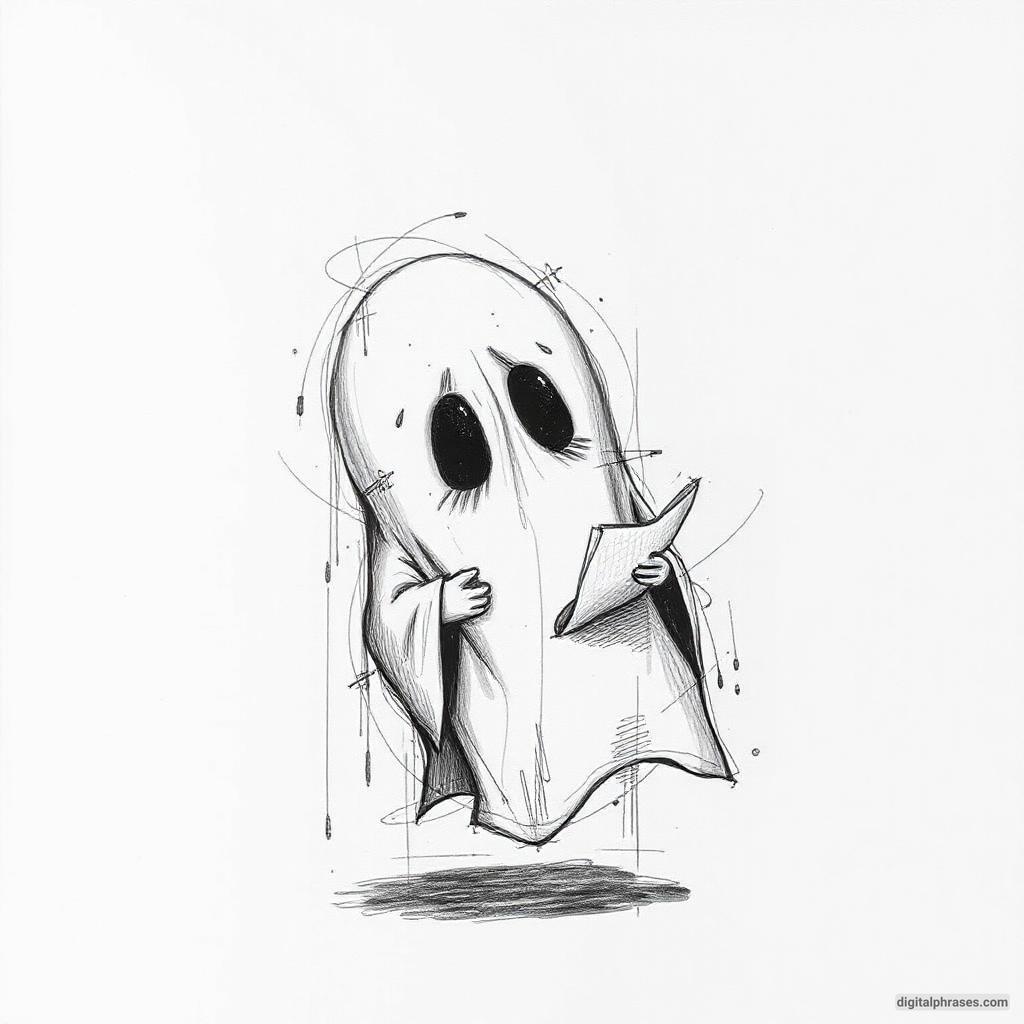
7
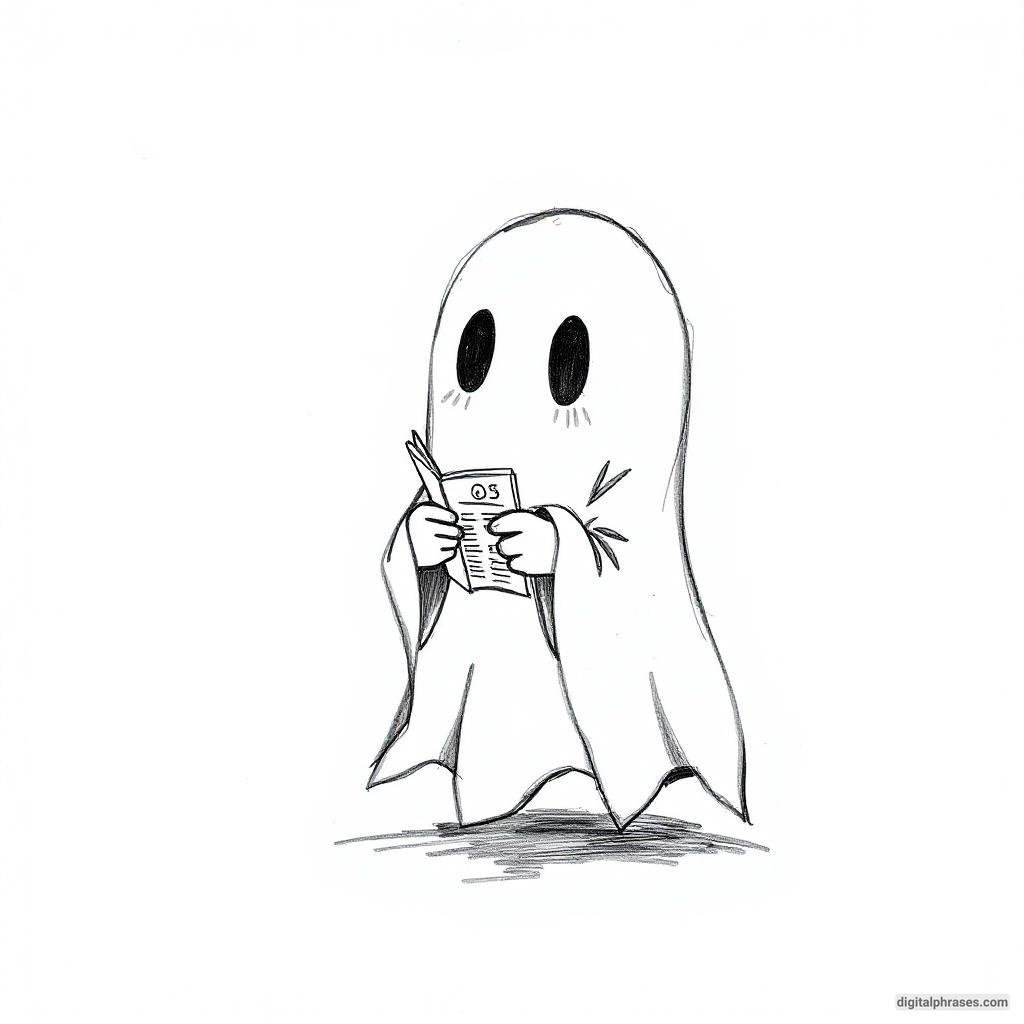
8

9

10
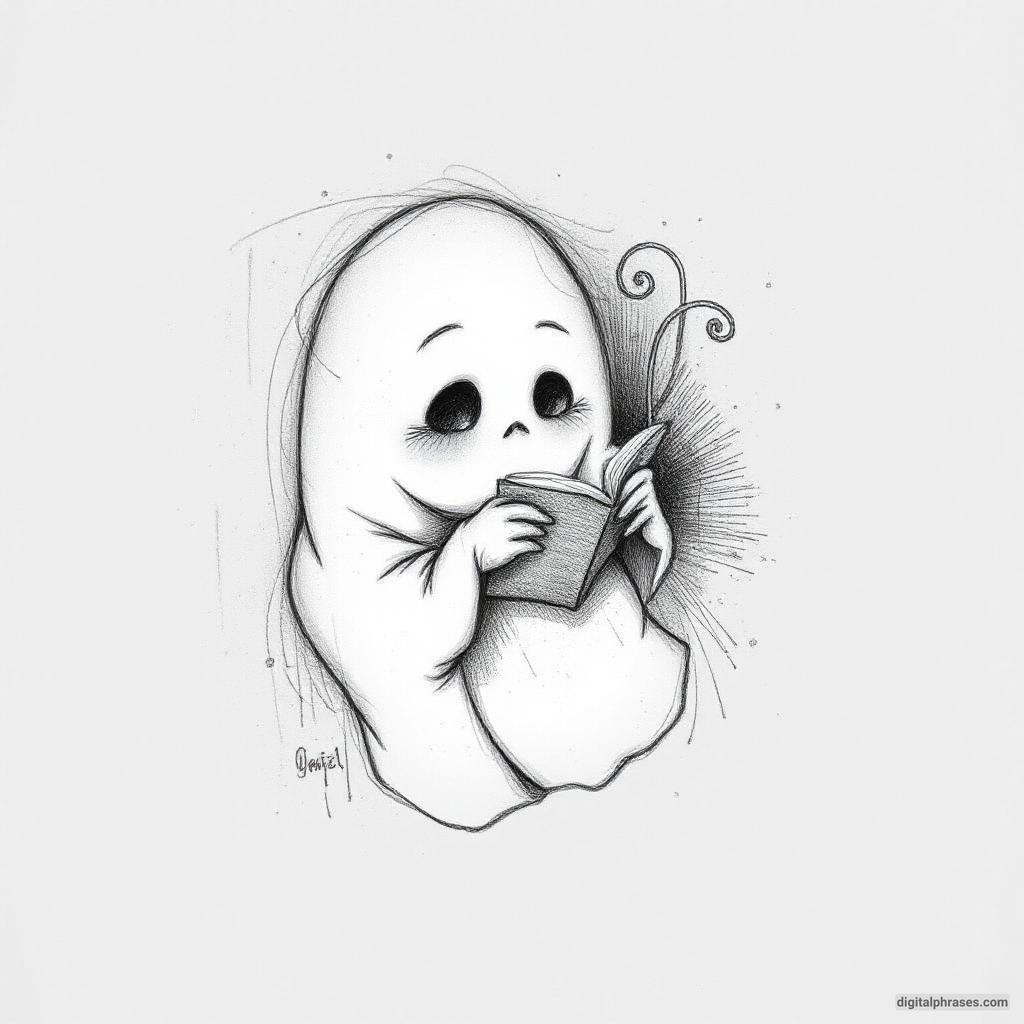
11

12

13
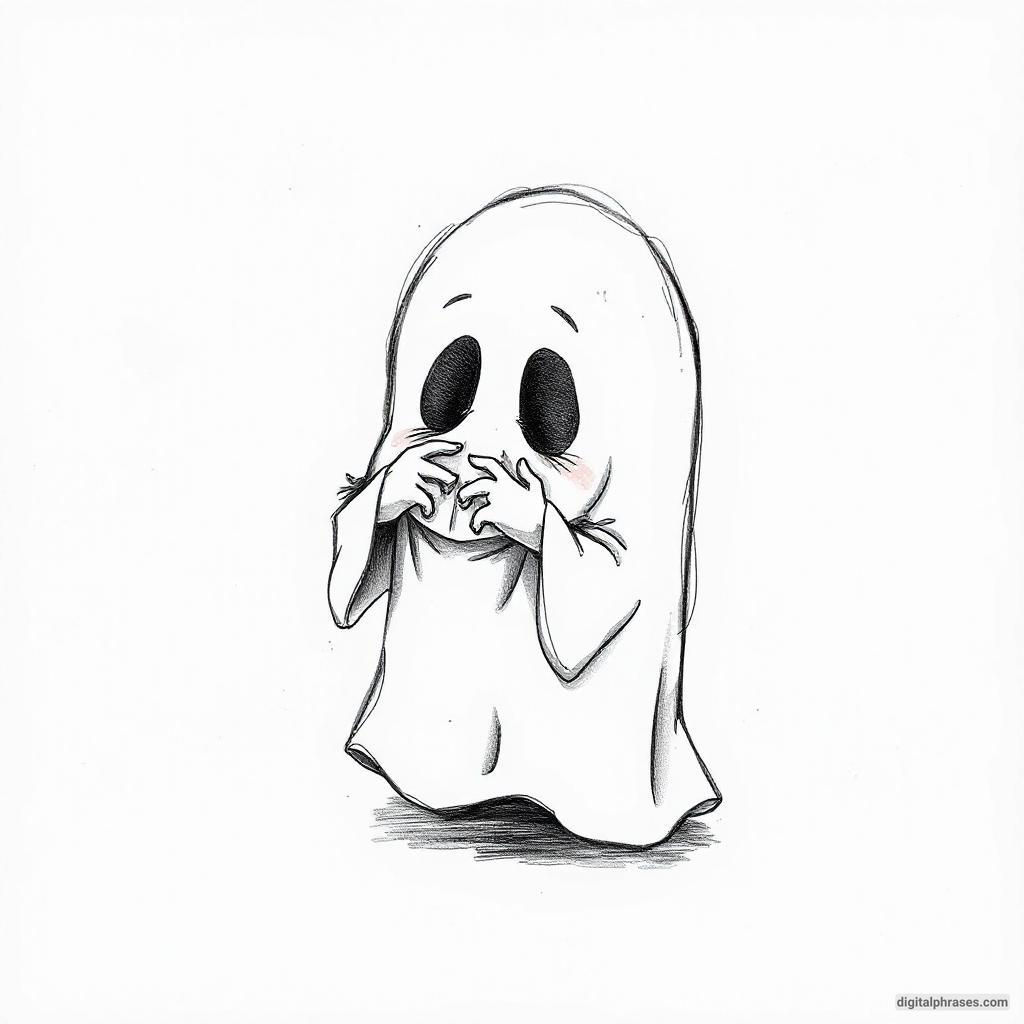
14
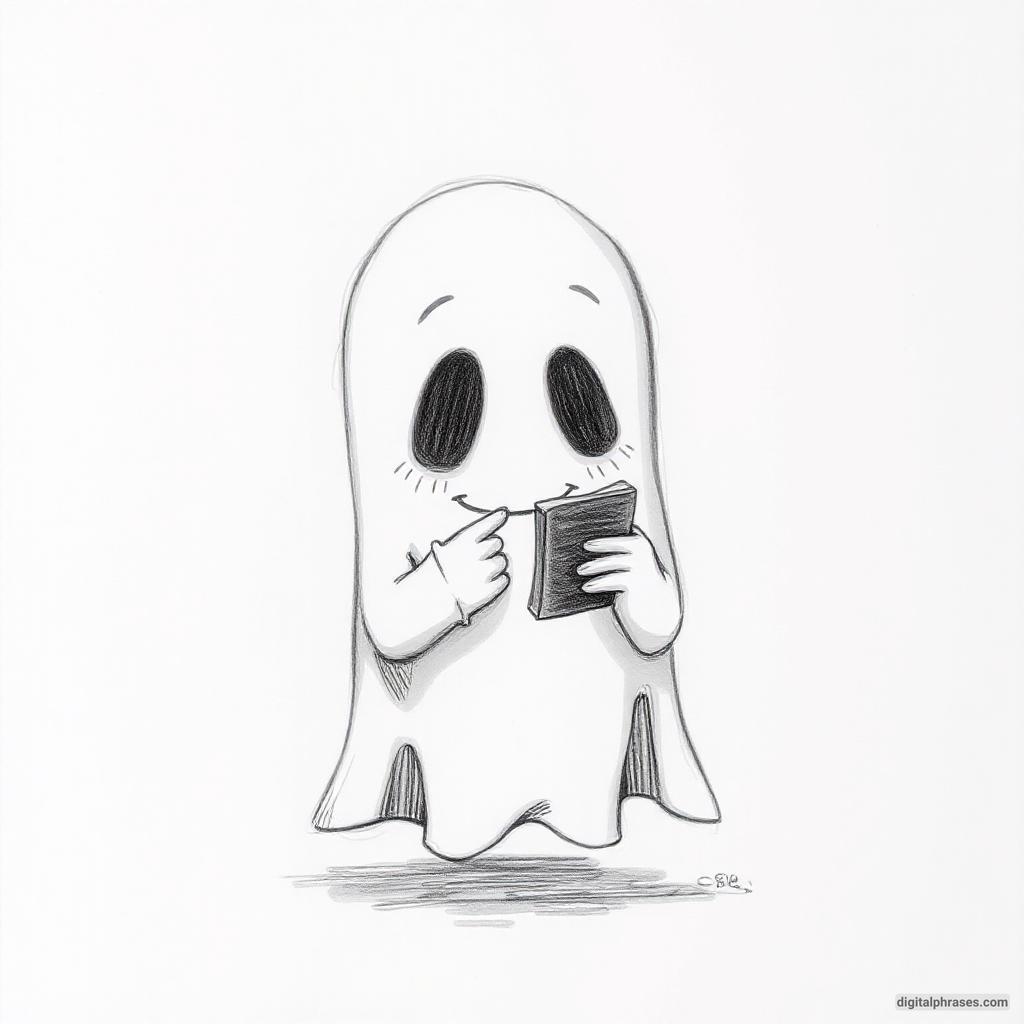
15

16
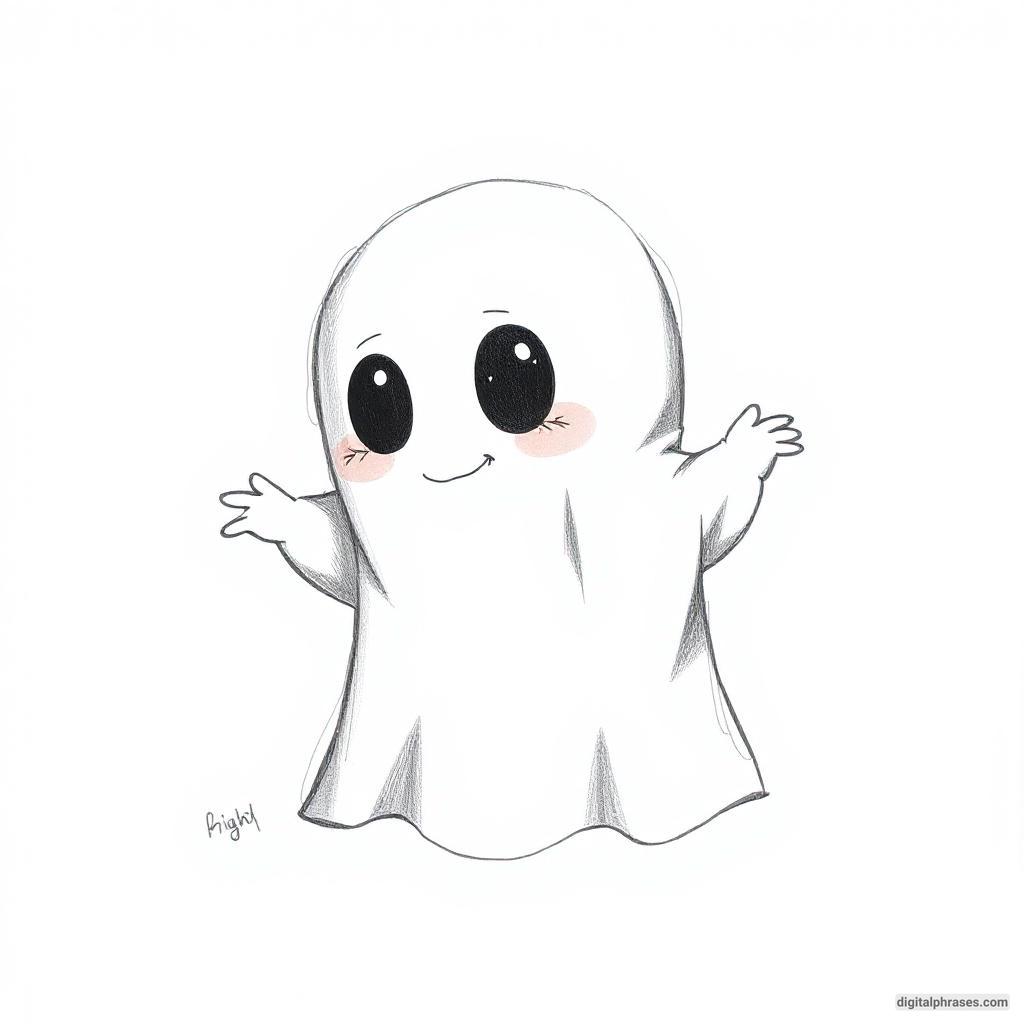
17
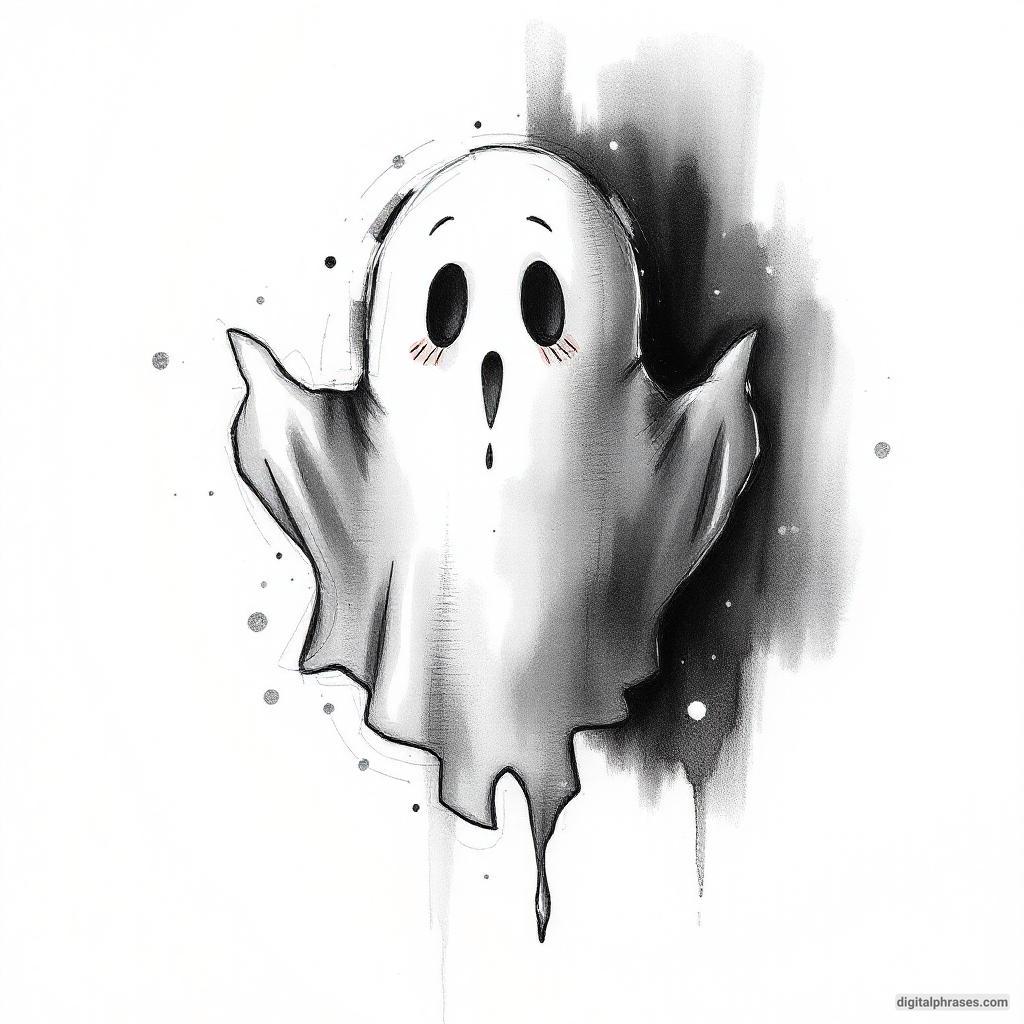
18

19
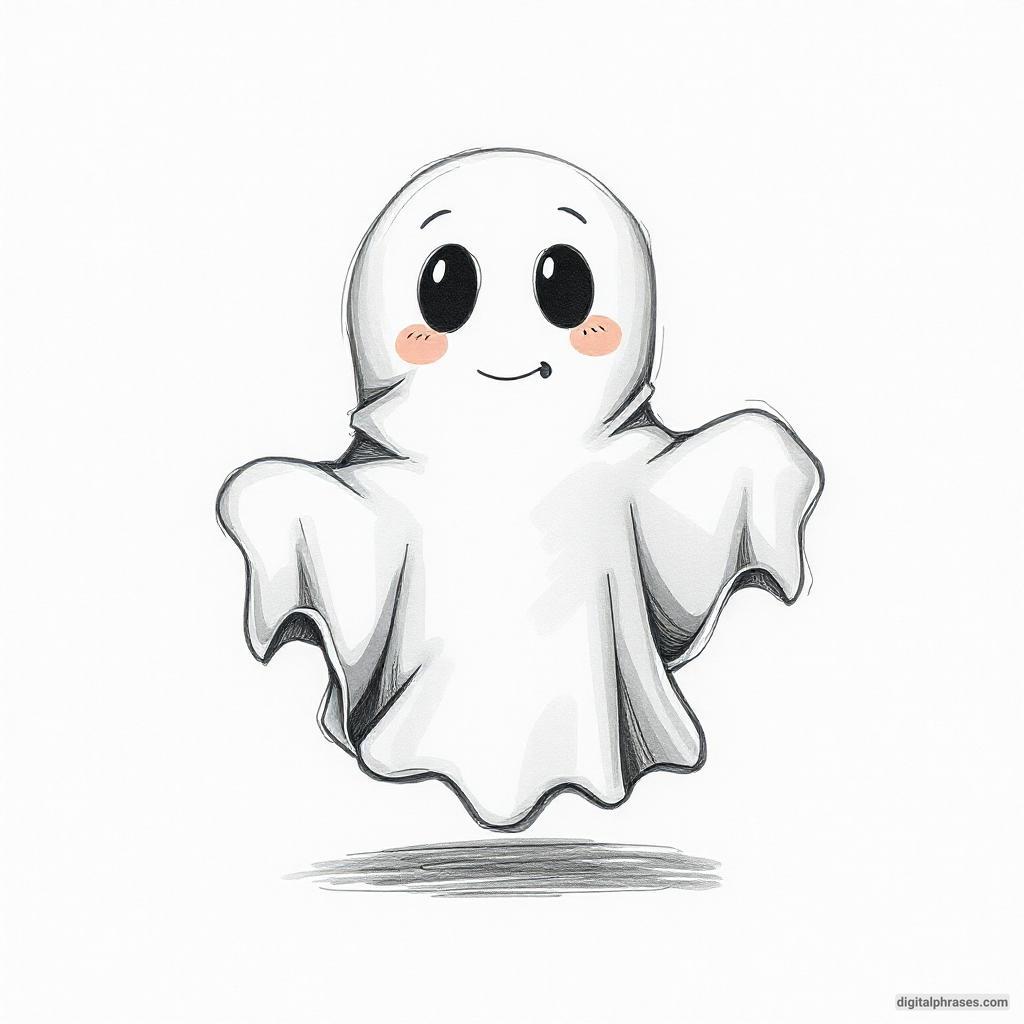
20

21

22
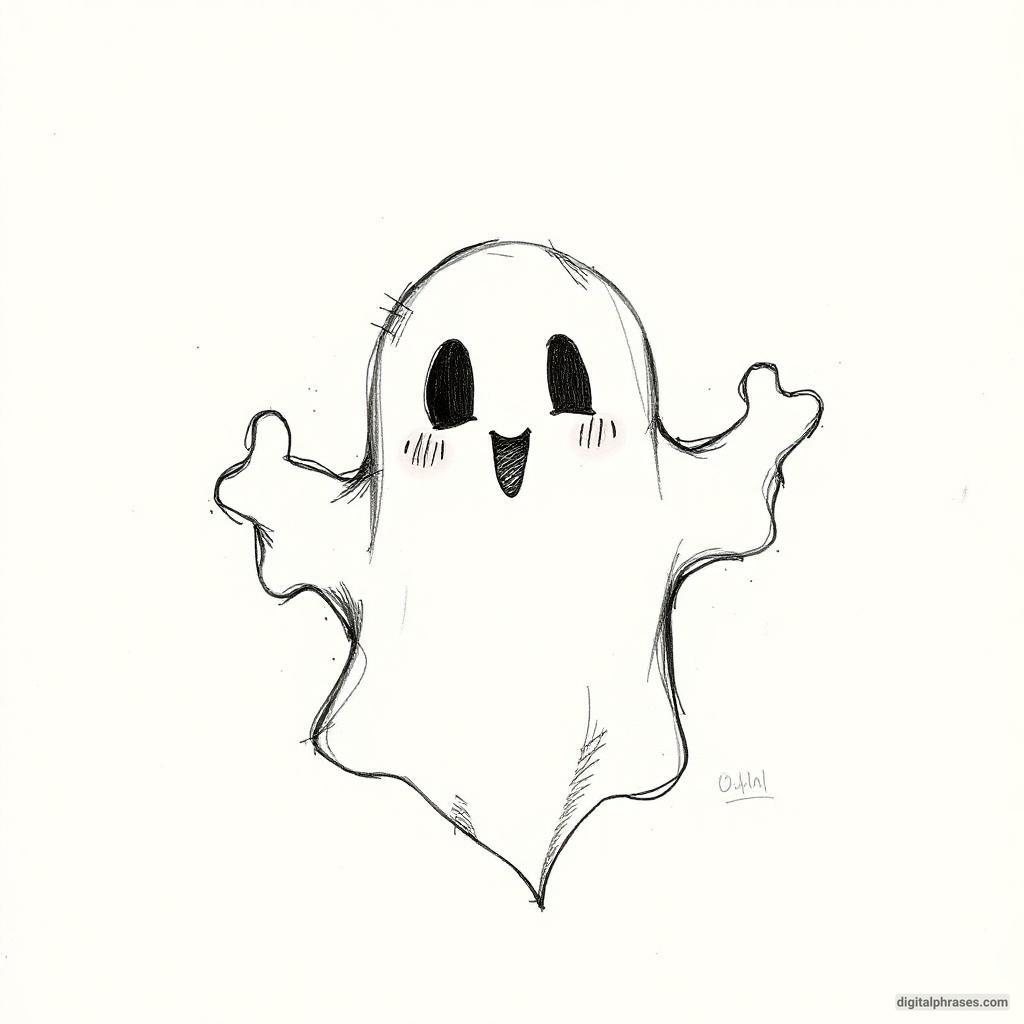
23
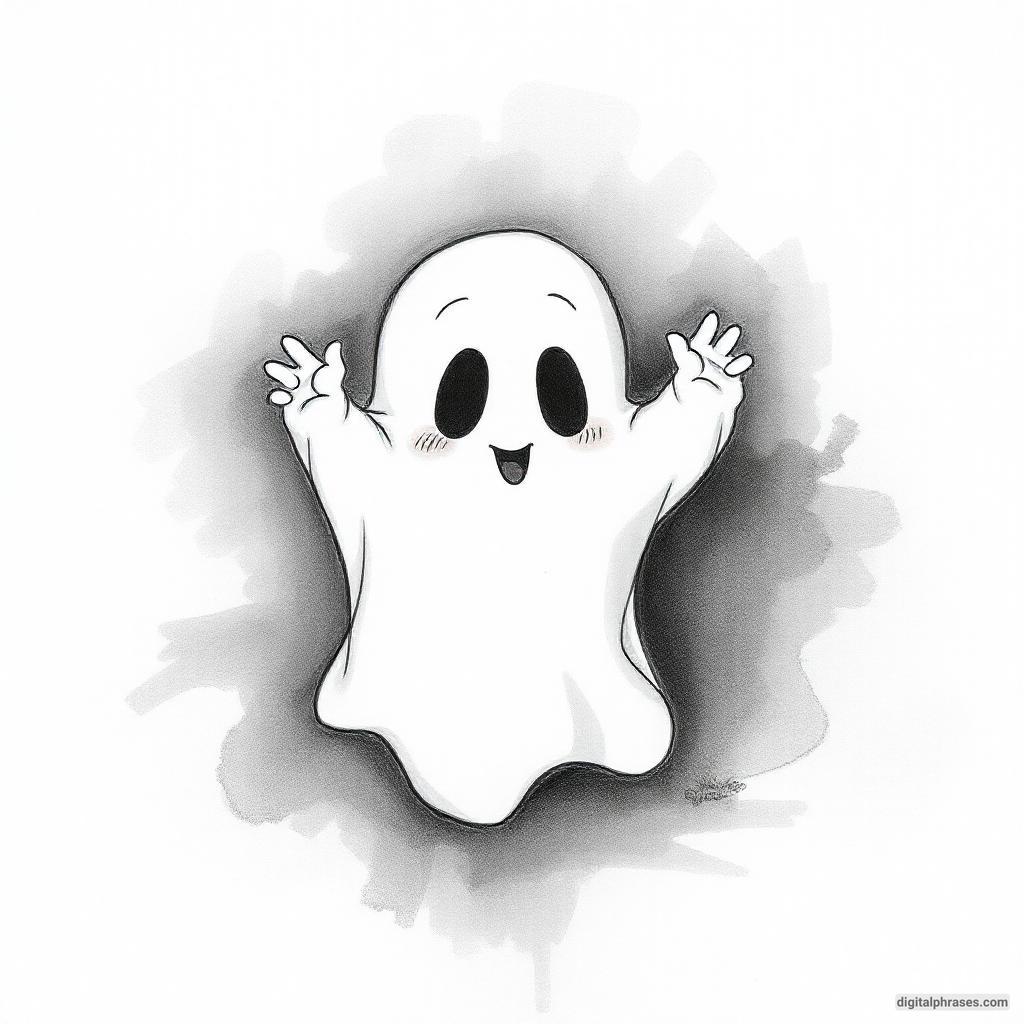
24
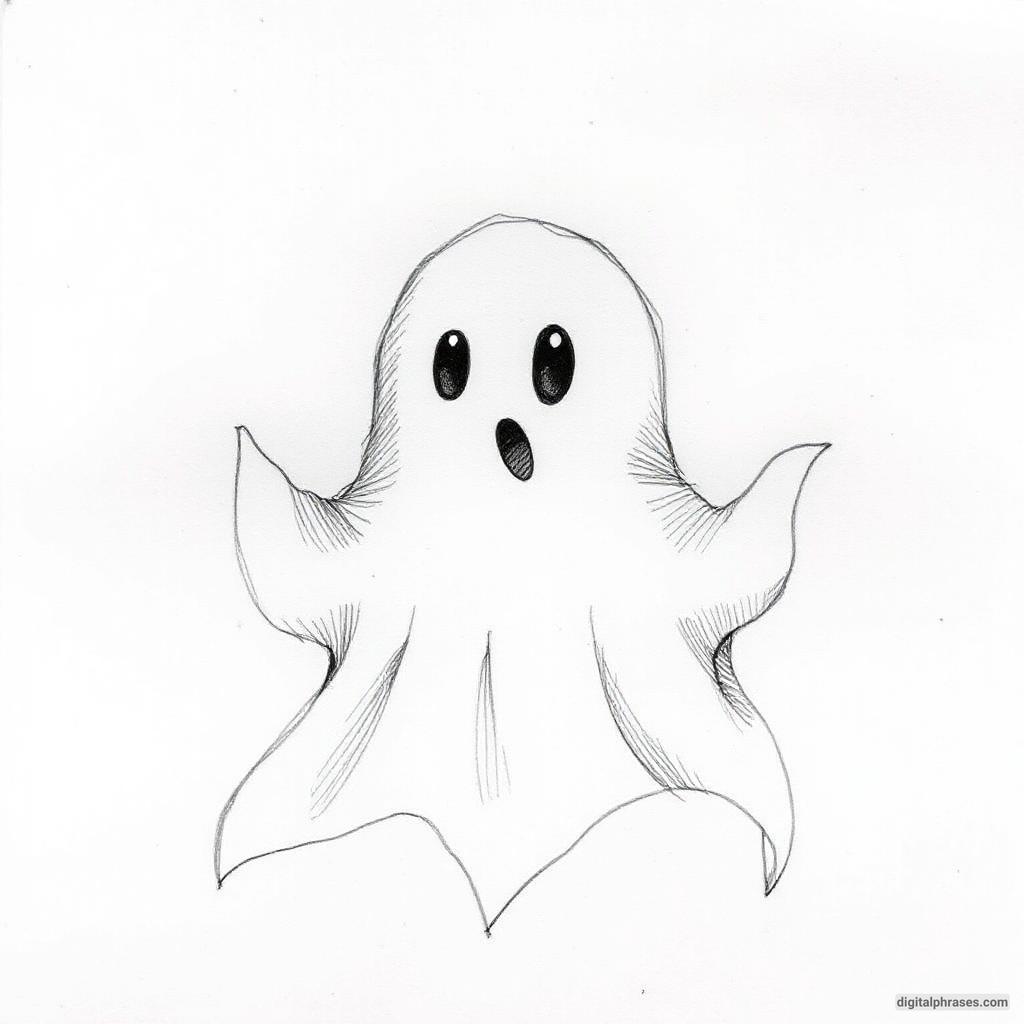
25

26
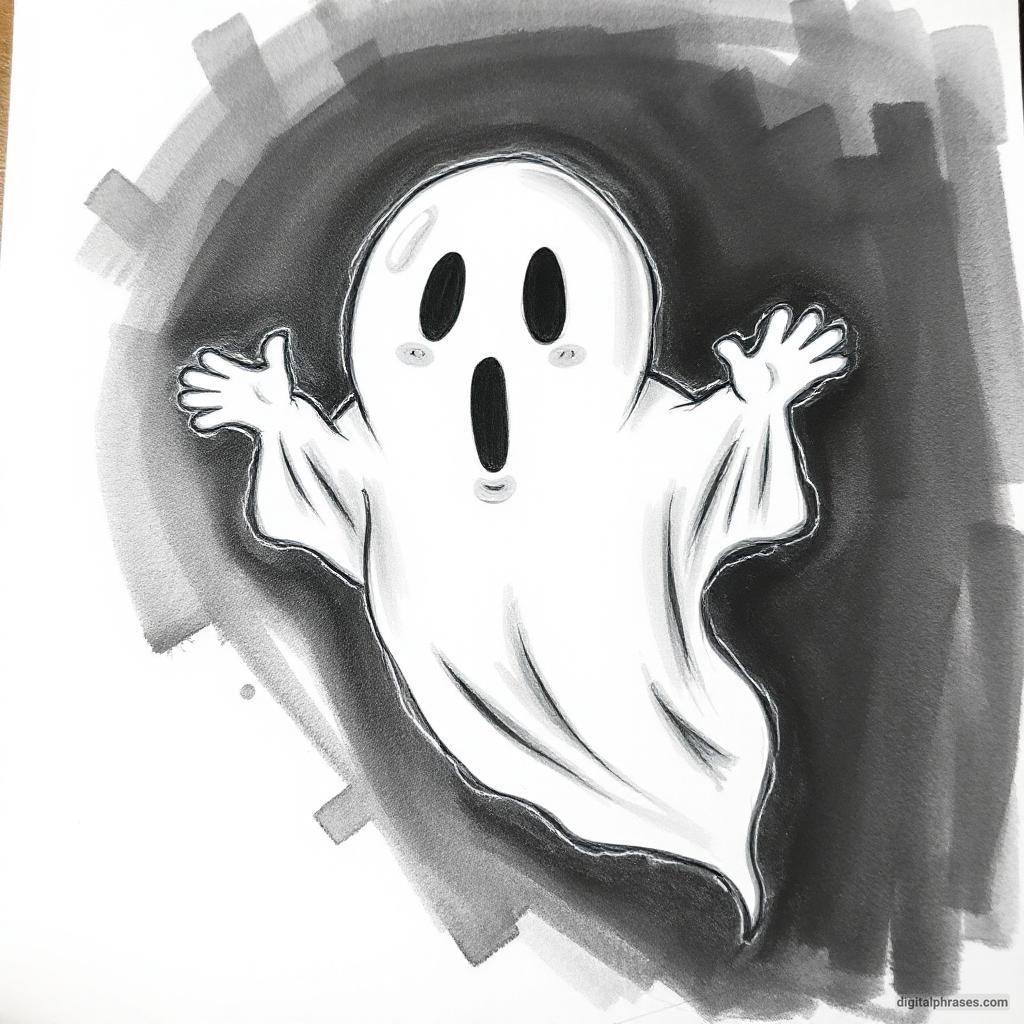
27
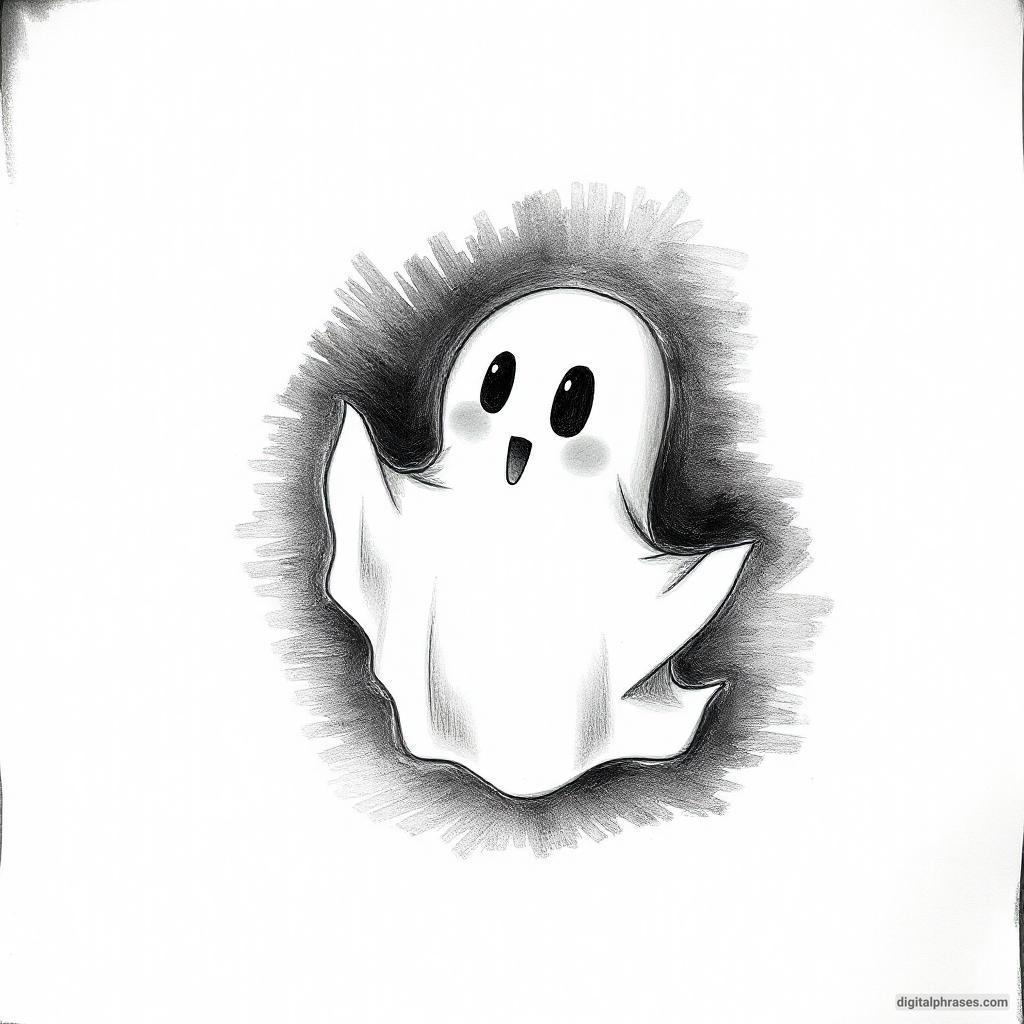
28
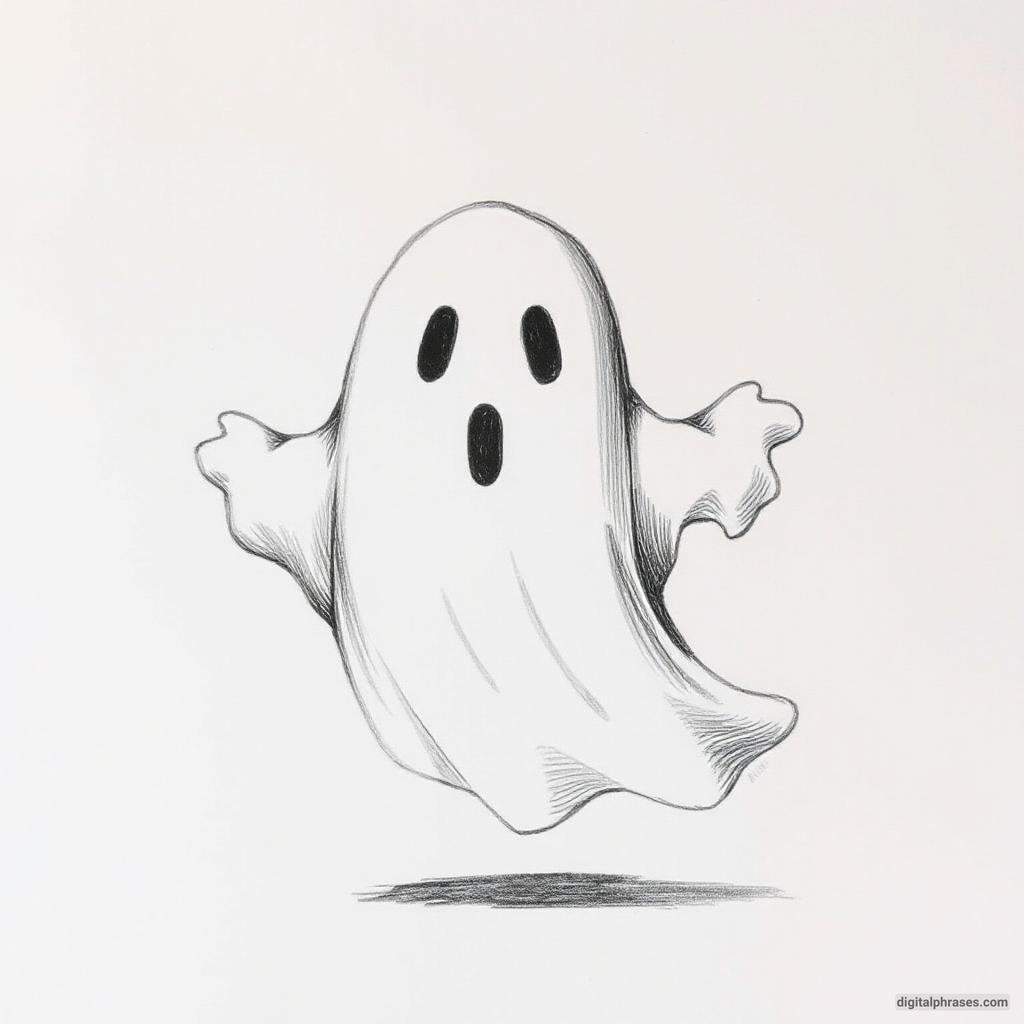
29

30
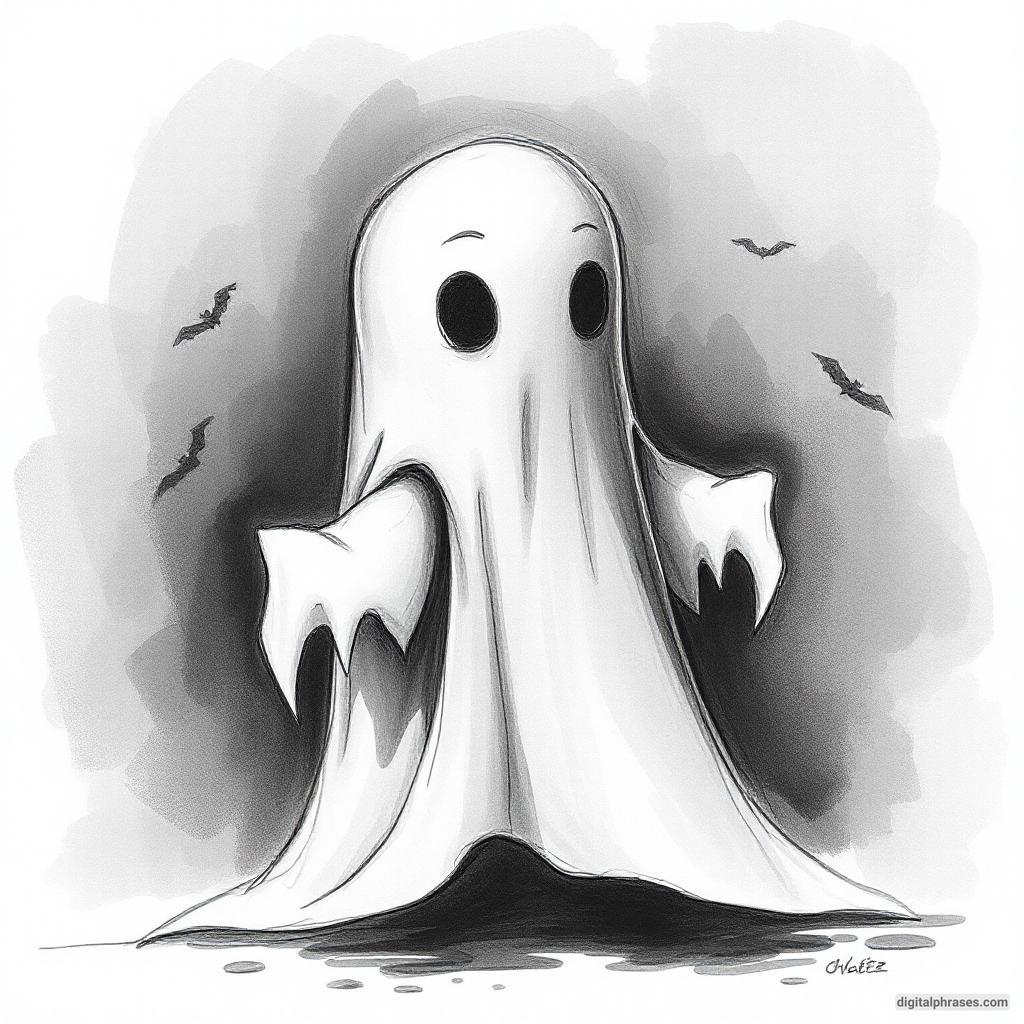
31
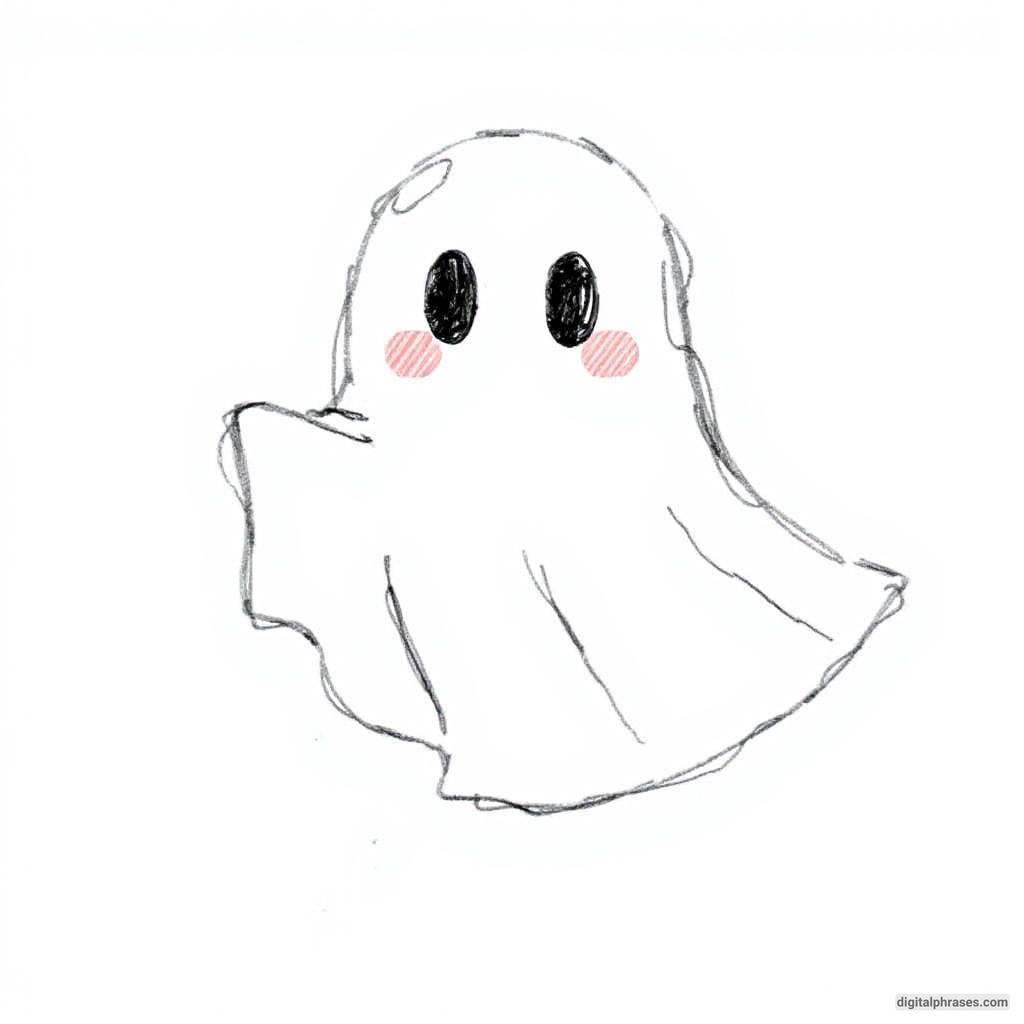
32
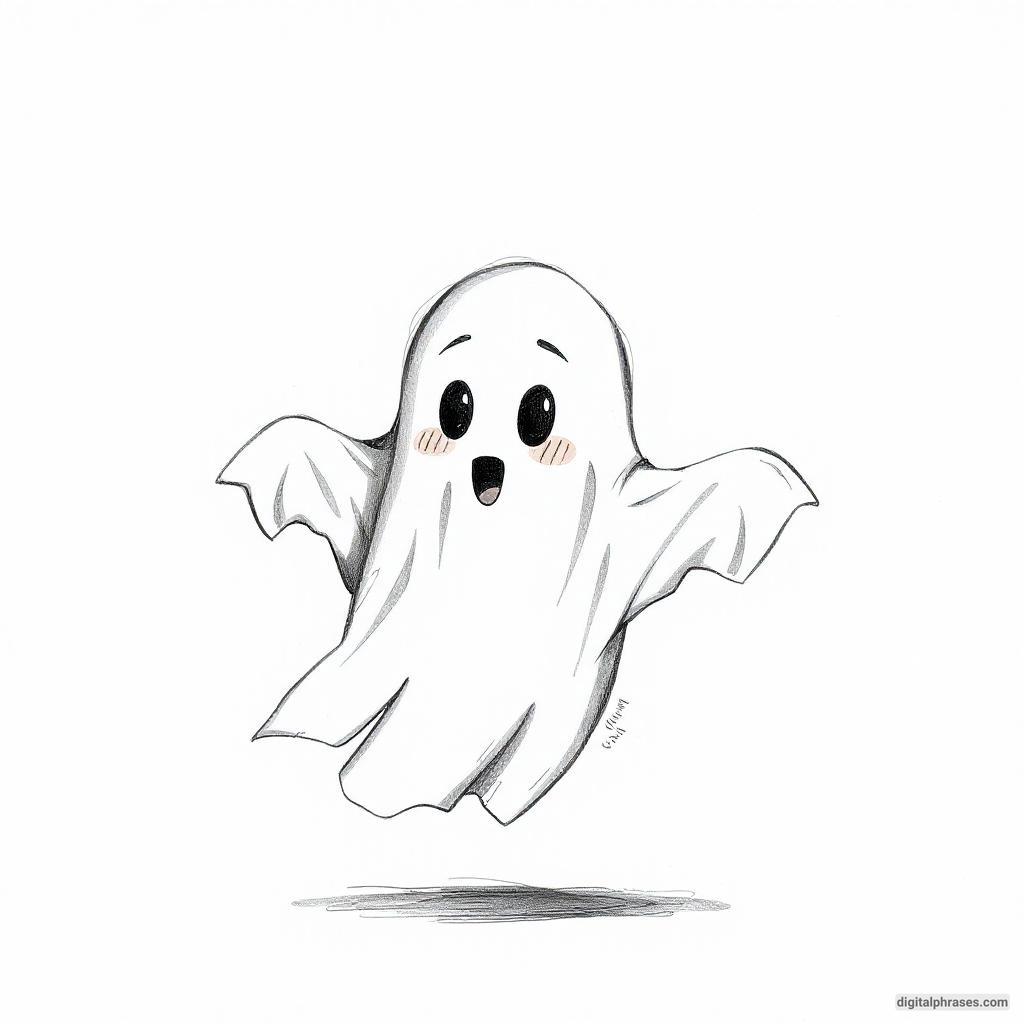
33
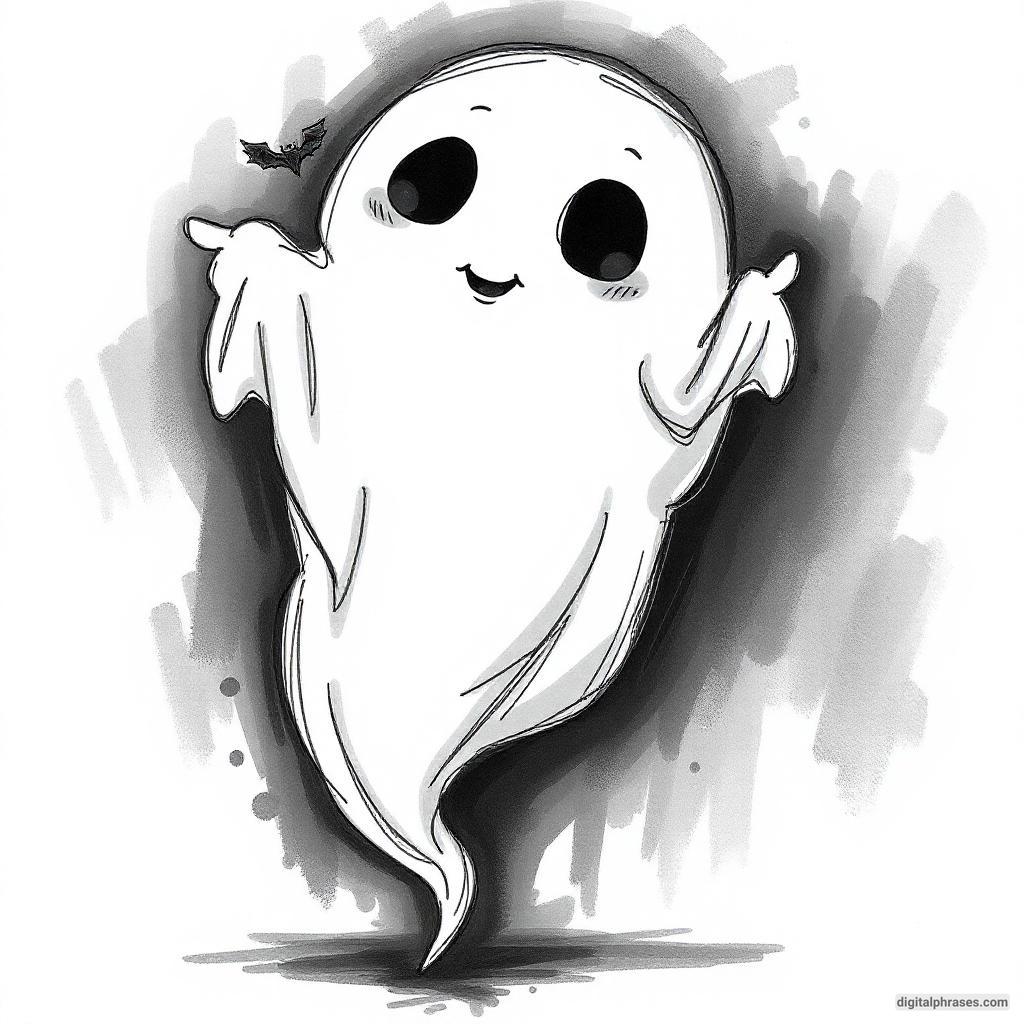
34
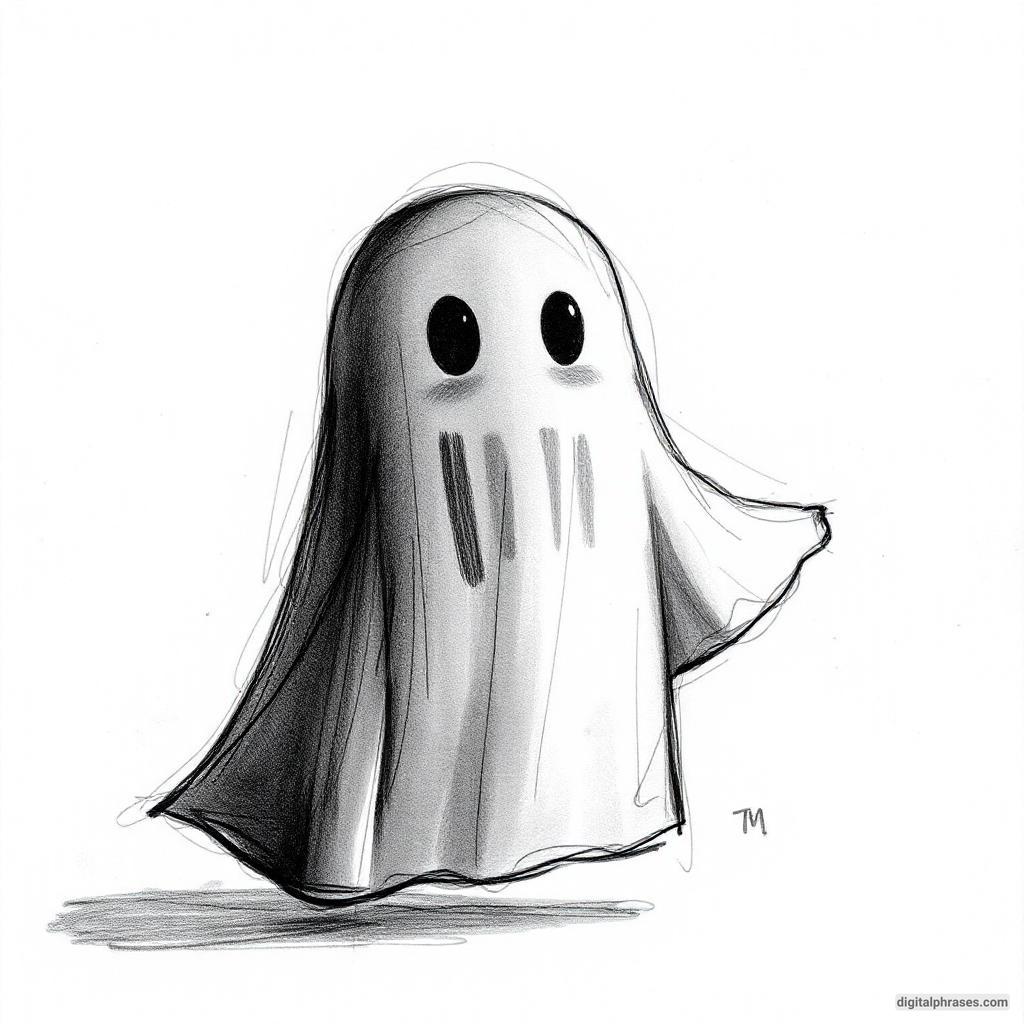
35
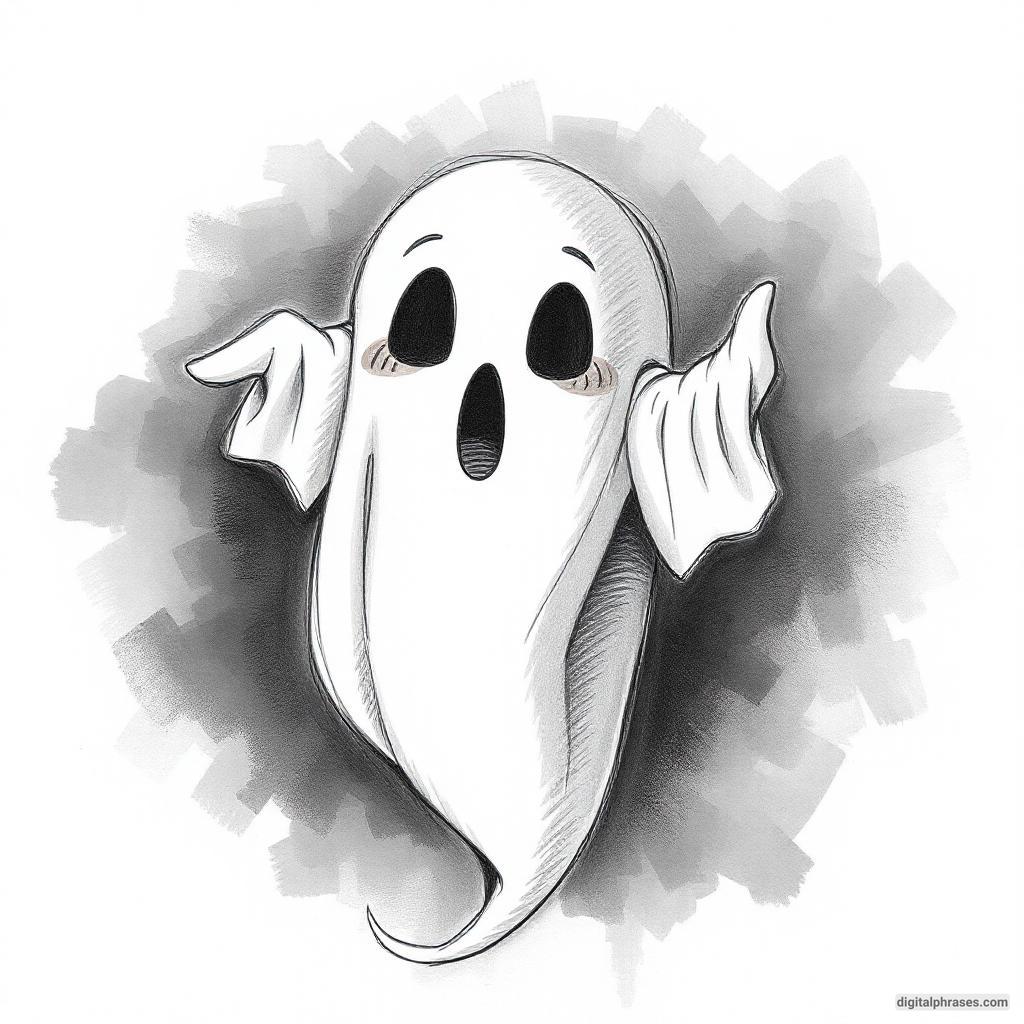
36

37
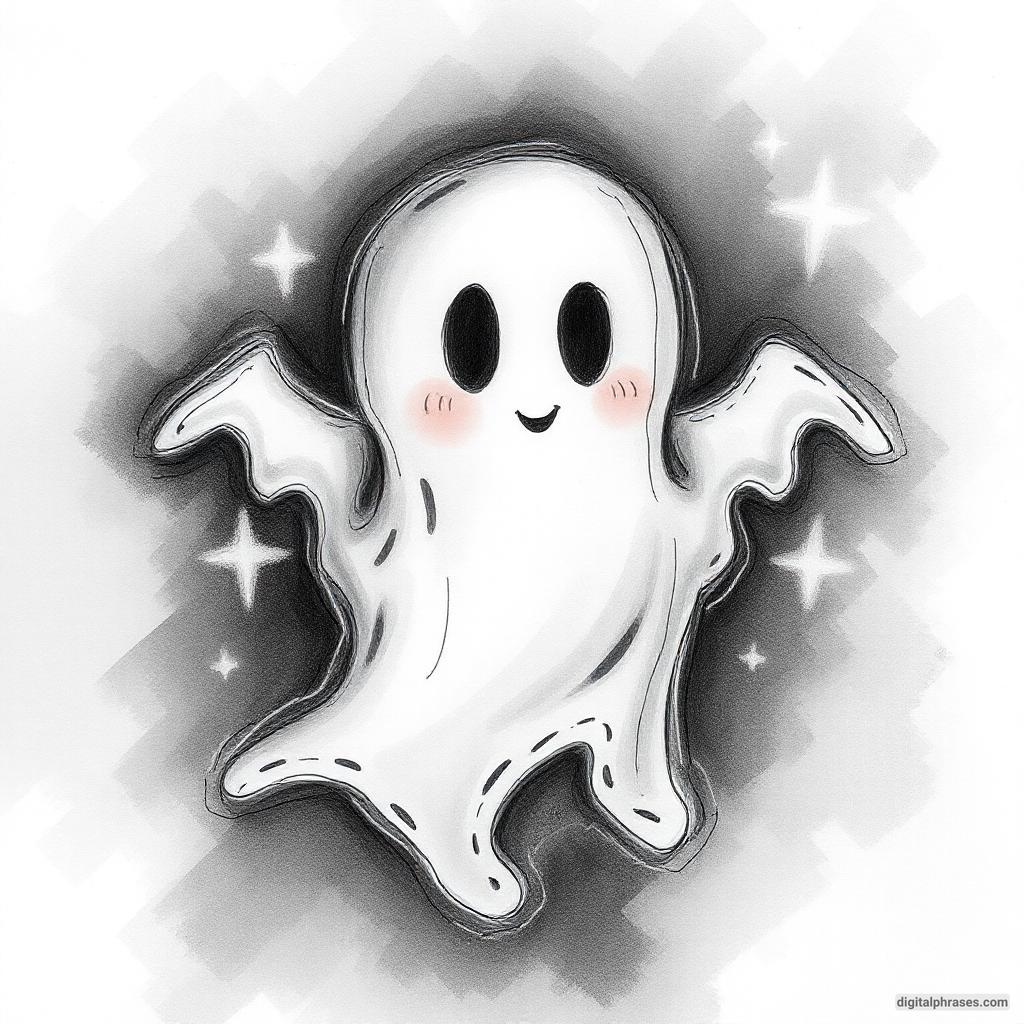
38

39
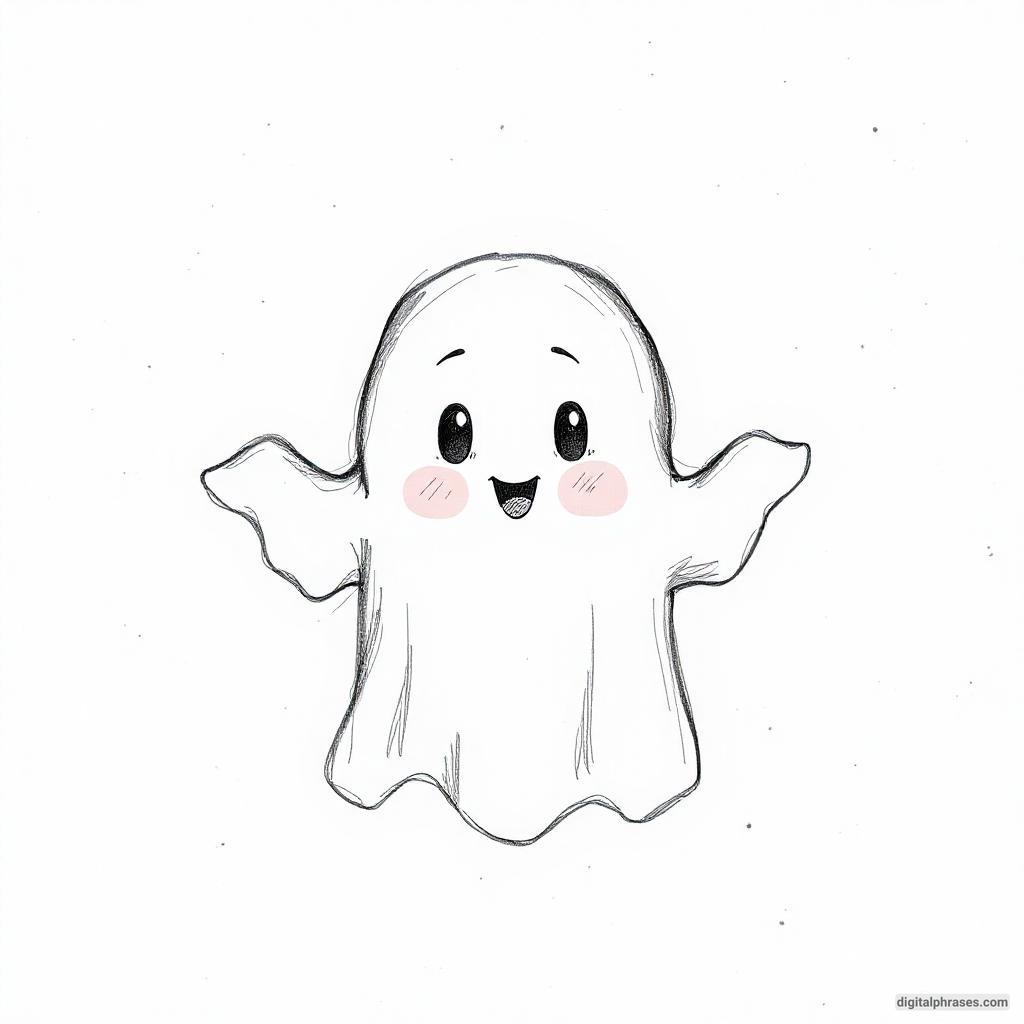
40
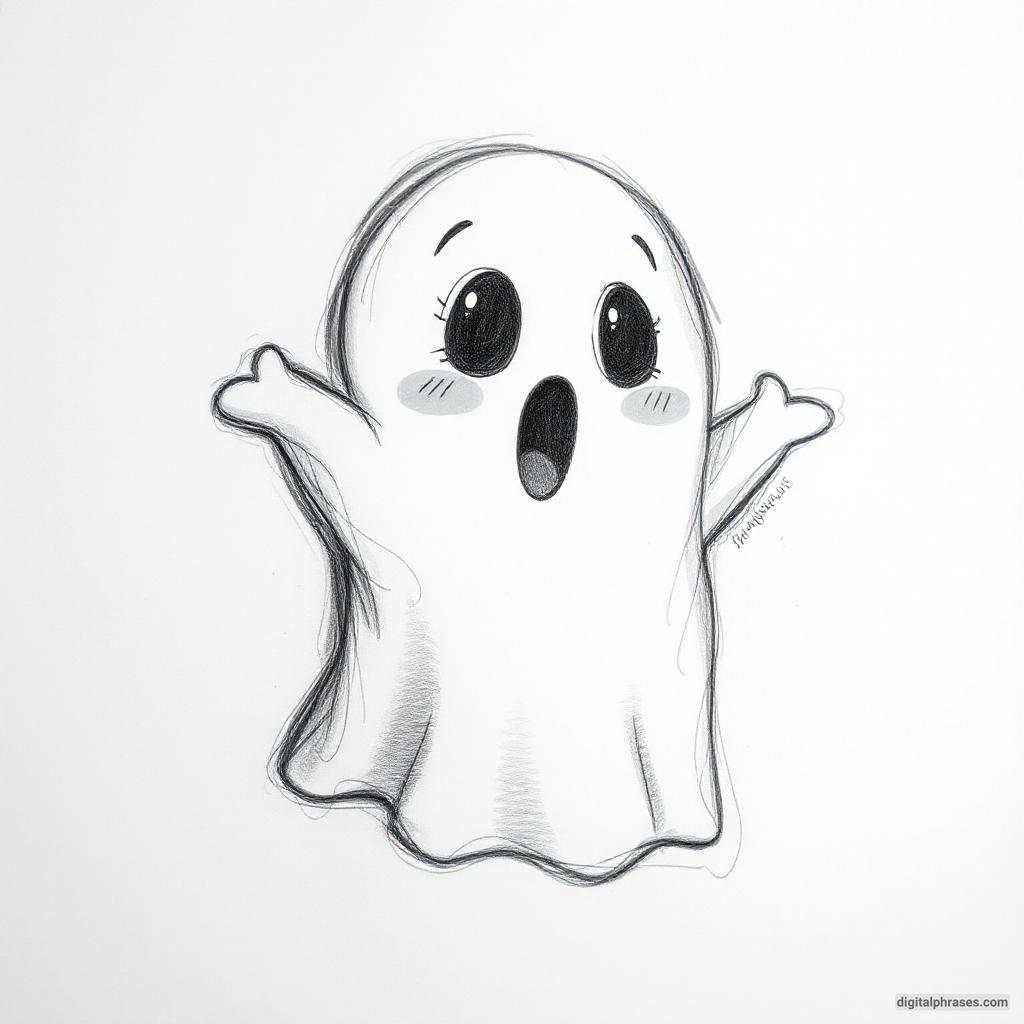
Things To Keep In Mind While Drawing a Ghost
1. Understanding the Concept of a Ghost
Before you even pick up a pencil, it’s crucial to understand what a ghost represents. Ghosts are typically depicted as spirits of the deceased who remain on earth due to unfinished business, emotional ties, or other supernatural reasons.
This idea of an intangible being is central to how you’ll visualize and draw your ghost.
Think about the mood and tone you want to convey.
Is your ghost friendly like Casper, sinister like the spirits in horror films, or sorrowful like a weeping specter?
The nature of your ghost will guide your decisions on form, expression, and posture.
2. Choosing the Right Medium
The medium you select for your ghost drawing can significantly impact the final piece. Different mediums bring out different qualities in your artwork, and each has its strengths and weaknesses when it comes to depicting a ghost.
- Pencil and Charcoal: Ideal for creating soft, wispy effects. The smudging capabilities of charcoal and pencil make them perfect for creating the illusion of a translucent or fading figure.
- Ink: Offers a more defined, bold approach. You can use varying line thicknesses to suggest areas of more solid form versus those that are fading or less tangible.
- Watercolor: Perfect for creating a translucent, ethereal look. The fluidity of watercolors can mimic the ghost’s ability to shift and change shape.
- Digital Art: Offers the most versatility, allowing you to layer, blur, and experiment with lighting effects. Digital tools can help create the glowing or eerie auras often associated with ghosts.
Consider experimenting with multiple mediums to see which best captures the essence of your ghost.
3. Form and Structure: The Ghost’s Body
When it comes to the physical structure of a ghost, you’re not bound by the same anatomical rules as with living creatures. Ghosts often defy gravity and can be depicted as floating, drifting, or partially disintegrated. Here are some key elements to consider:
- Transparency: One of the defining features of a ghost is its ethereal, semi-transparent body. To achieve this, focus on the use of lighter shading or soft, gradual transitions between the ghost and its surroundings.
- Fluidity: Ghosts are often portrayed as having a flowing, formless body. This can be achieved by avoiding harsh lines and instead using soft, curved shapes that suggest movement. The lower part of the ghost is typically less defined, often tapering off into wisps or mist.
- Lack of Detail: Unlike living beings, ghosts don’t always have to be drawn with intricate details. In fact, the lack of detail can add to their mysterious and otherworldly nature. Focus on capturing the overall shape and mood rather than getting bogged down with small features.
- No Fixed Form: Ghosts can change shape or appear differently depending on the situation. This gives you creative freedom to experiment with form, whether you choose to depict a ghost as a simple sheet-like figure or as a more complex, shadowy entity.
4. Facial Expressions and Emotions
While some ghosts are depicted without a face or with a vague semblance of one, others have clearly defined facial features. The choice depends on the emotion or story you wish to convey:
- Blank Expression: A ghost with a blank or featureless face can be more unsettling because it lacks the humanity we usually associate with faces. This can be particularly effective for a horror-themed ghost.
- Sad or Pained Expression: If your ghost represents a tragic figure, showing sorrow or pain in its expression can add depth to your drawing. Drooping eyes, a slight frown, or tears can evoke sympathy from the viewer.
- Angry or Menacing Expression: For a more frightening ghost, you can depict anger or malevolence. Sharp, angular features, glowing eyes, and a snarl or scream can make your ghost truly terrifying.
- Subtle Features: Sometimes less is more. Subtle suggestions of eyes, a mouth, or nose, rendered in a soft, blurred style, can make the ghost appear more mysterious and eerie.
Remember, the facial expression of your ghost should align with its story and the emotions you want to evoke in your audience.
5. Incorporating Movement and Flow
Ghosts are often depicted as floating or gliding, giving them an otherworldly quality. To capture this in your drawing, consider the following techniques:
- Flowing Lines: Use smooth, flowing lines to create the illusion of movement. The ghost’s body, particularly the lower part, should appear to drift or trail off into mist or vapor.
- Directional Cues: The position of the ghost’s arms, head, or the flow of its body can suggest movement. For example, a ghost leaning forward with trailing arms suggests it is moving towards something or someone.
- Blurring: Softening or blurring parts of the ghost can indicate speed or the idea that it is phasing in and out of visibility. This can be done using smudging techniques or, in digital art, with blur tools.
- Emanating Light or Energy: Some ghosts are depicted as glowing or surrounded by an aura. Using light effects or radiating lines can suggest that the ghost is emitting energy, adding to the sense of movement and presence.
6. The Ghost’s Environment
The setting in which your ghost appears can greatly influence its portrayal. A ghost in a bright, happy environment will be perceived differently than one in a dark, abandoned house.
- Lighting: Ghosts are often associated with dim, moody lighting. Think about how shadows and highlights will play on your ghost. Dramatic lighting can enhance the ghost’s eerie presence, while softer lighting might make it seem more gentle or sad.
- Background Elements: Adding elements like old furniture, gravestones, fog, or moonlight can set the scene and add context to your ghost. These elements can also help tell the story of who the ghost was in life and why it might still be lingering.
- Interacting with the Environment: Consider how your ghost interacts with its surroundings. Is it passing through walls, floating above the ground, or causing objects to move? These interactions can add a dynamic element to your drawing and make the ghost feel more integrated into the scene.
7. Symbolism and Cultural Context
Ghosts carry different meanings in different cultures, and this symbolism can be a powerful tool in your art:
- Cultural Symbols: In Japanese culture, for example, ghosts (yūrei) are often depicted wearing white funeral clothes and with long, disheveled hair. In Western cultures, ghosts might be depicted in Victorian clothing or with a white sheet. Understanding these cultural nuances can add depth to your drawing.
- Colors and Their Meanings: The color palette you choose can convey different emotions or ideas. Pale, cool colors like blues and whites are often used to represent coldness, death, and the supernatural. Warmer colors, though less common, can be used to depict a ghost with a more fiery or passionate nature.
- Spiritual Symbols: Adding elements like halos, chains, or other symbolic items can convey additional layers of meaning. A ghost with a chain might symbolize regret or being trapped, while one with a halo might suggest a benevolent spirit.
8. Experimentation and Personal Style
While there are many traditional ways to draw a ghost, don’t be afraid to experiment and infuse your own style into your work. Here are some ways to do that:
- Abstract Interpretations: Instead of a literal ghost, you could depict the idea of a ghost through abstract shapes, colors, and forms. This can be particularly effective in conveying the ghost’s emotional or psychological impact.
- Mixed Media: Combining different media, such as ink and watercolor or digital and traditional methods, can produce unique textures and effects that enhance the ghostly quality of your drawing.
- Stylization: Depending on your style, you might want to exaggerate certain features, like the ghost’s eyes, or simplify the form to create a more iconic, memorable image.
- Innovative Concepts: Think beyond the traditional human form. Ghosts don’t have to look human; they can be animalistic, geometric, or even abstract. This can make your ghost stand out and reflect a more unique or personalized vision.
9. Practical Tips and Techniques
Here are some practical tips to help you along the way:
- Reference Images: Use references to help you understand different ghostly forms and how other artists depict ghosts. This doesn’t mean copying, but rather getting inspiration for your unique take.
- Layering Techniques: Whether you’re working traditionally or digitally, layering can help you achieve the transparency and depth often associated with ghosts. Start with lighter, more transparent layers and gradually build up to darker, more opaque areas.
- Soft Edges: Ghosts often don’t have defined edges, so use techniques like smudging, blurring, or feathering to soften the boundaries of your ghost. This makes the figure appear less solid and more ethereal.
- Lighting Effects: Play with lighting to create a glow or aura around your ghost. This can be done by using soft brushes or blending techniques to gradually transition from the ghost’s form to the surrounding space.
10. Telling a Story Through Your Ghost
Finally, remember that every drawing tells a story.
What is the story behind your ghost?
Is it a lost soul, a vengeful spirit, or a playful poltergeist?
The details you choose to include, from the ghost’s expression to the environment, should all contribute to the narrative.
- Backstory: Even if it’s not fully visible in the drawing, having a backstory for your ghost can inform your choices. For example, a ghost of a sailor might have a waterlogged appearance, while a ghost from a fire might be charred or smoky.
- Emotional Impact: Think about the emotions you want to evoke in your viewers. Do you want them to feel fear, sadness, sympathy, or curiosity? The way you draw your ghost can guide these emotions.
- Interactions: Consider how your ghost interacts with other elements in your drawing, whether it’s other characters, the environment, or the viewer. This interaction can add dynamism and narrative depth to your artwork.
Drawing a ghost is an opportunity to explore the boundaries between the seen and unseen, the tangible and intangible. It’s a subject that allows for a wide range of creative expression, from the eerie and terrifying to the sorrowful and mysterious.
By considering the form, movement, environment, symbolism, and story behind your ghost, you can create a piece that resonates with viewers on multiple levels.
Remember, the most important aspect of drawing a ghost is to let your creativity flow as freely as the ghost itself. Don’t be afraid to experiment, make mistakes, and develop your own unique style.
With these tips in mind, you’re well on your way to creating ghostly art that captures the imagination and evokes the supernatural in all its mysterious glory.

